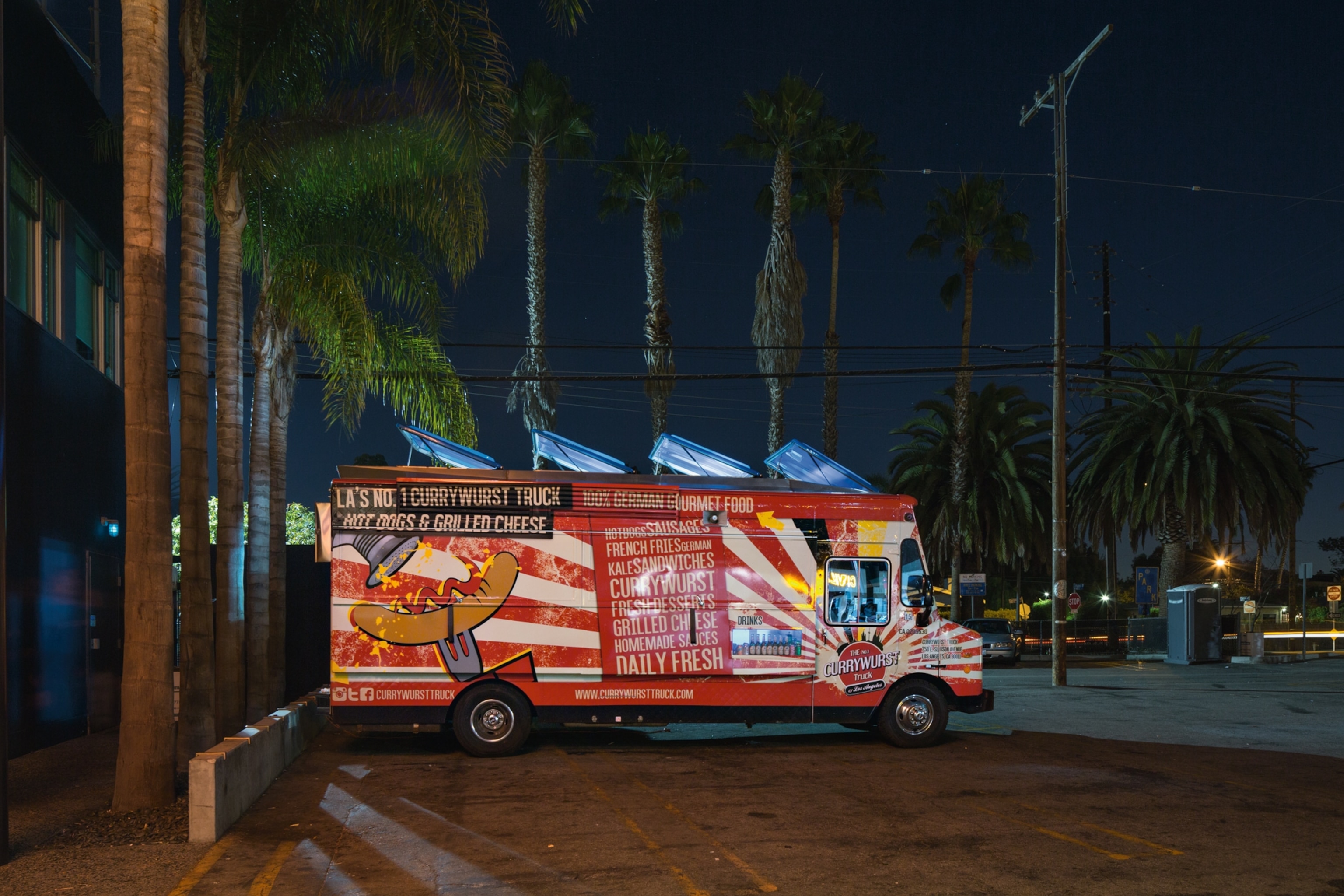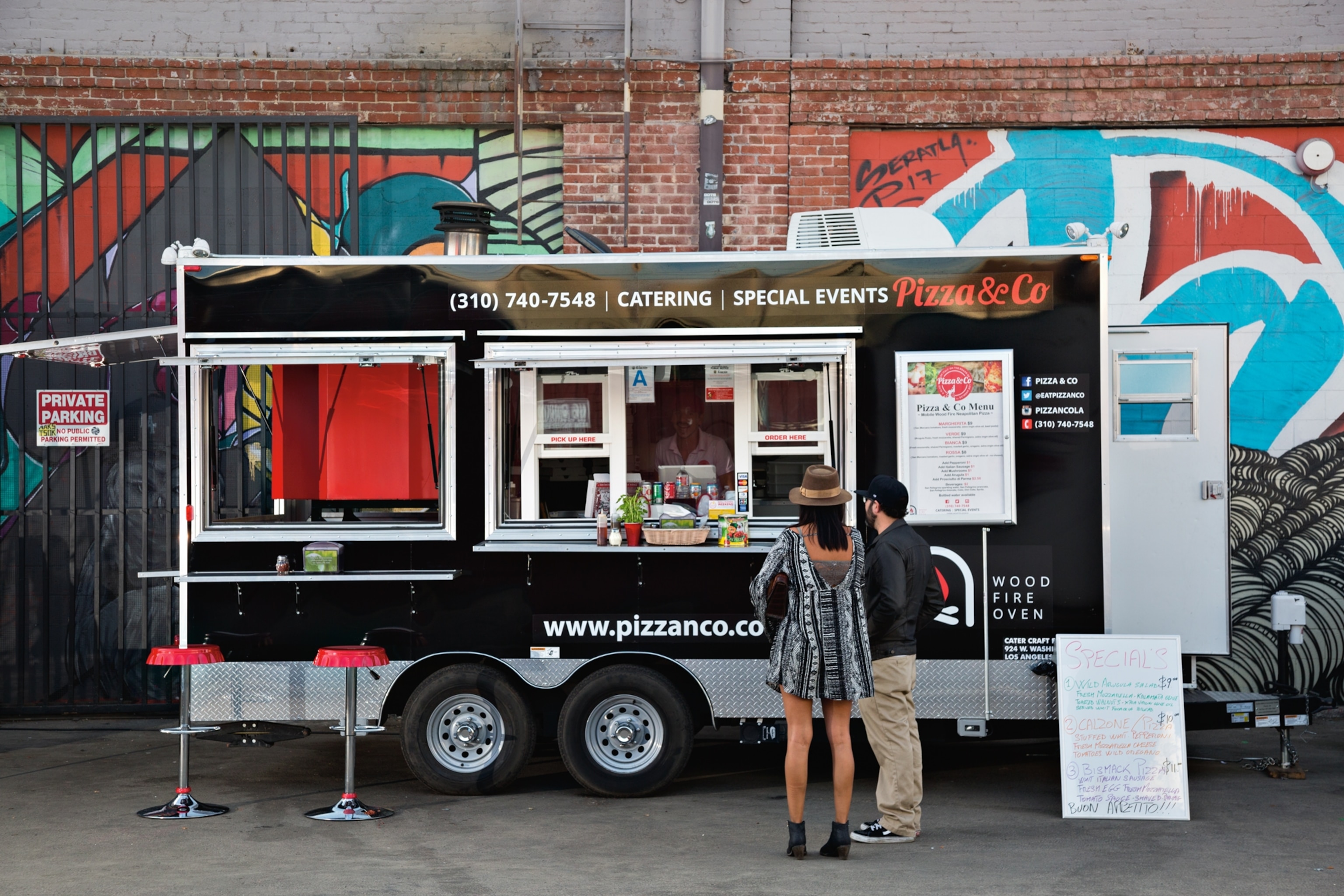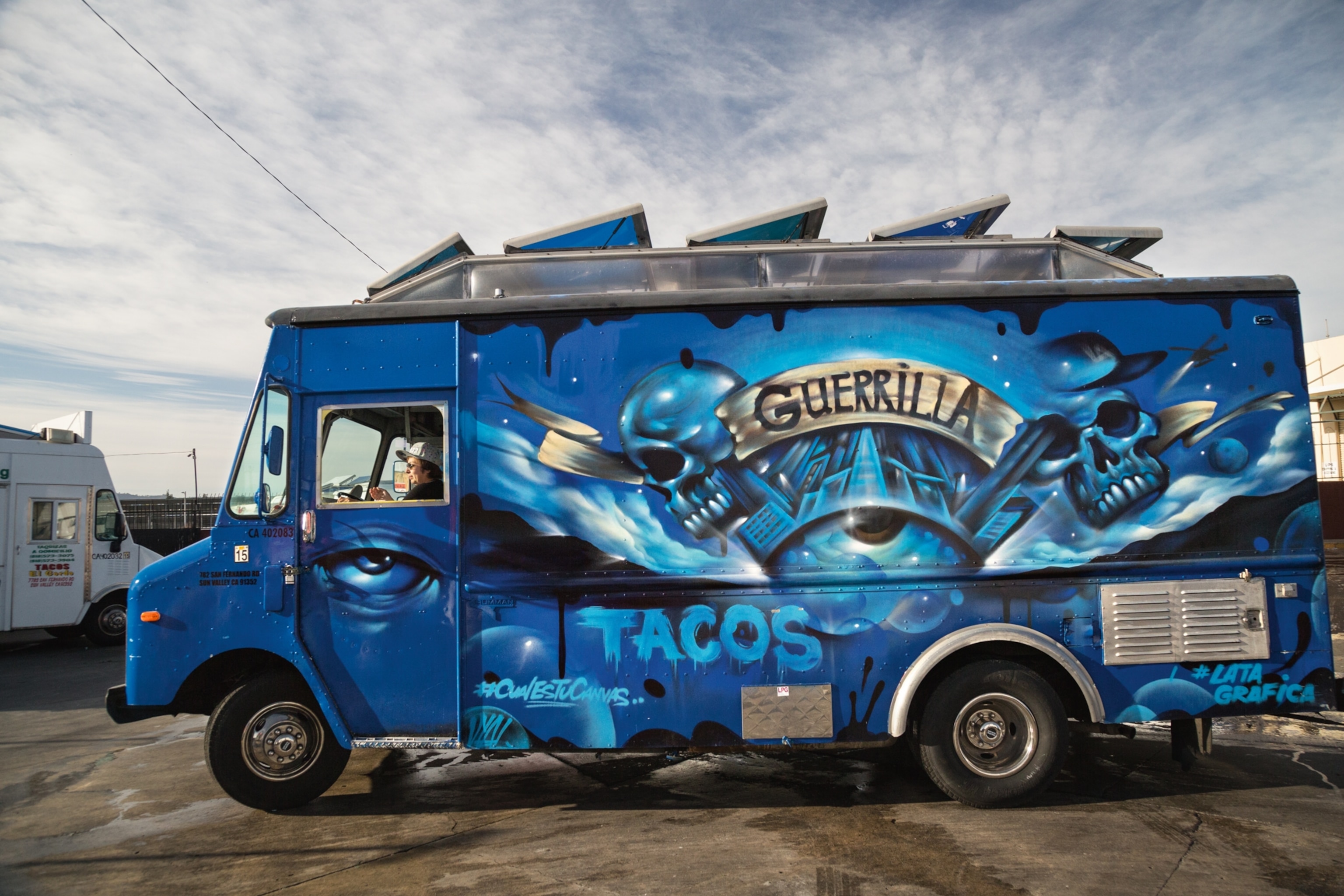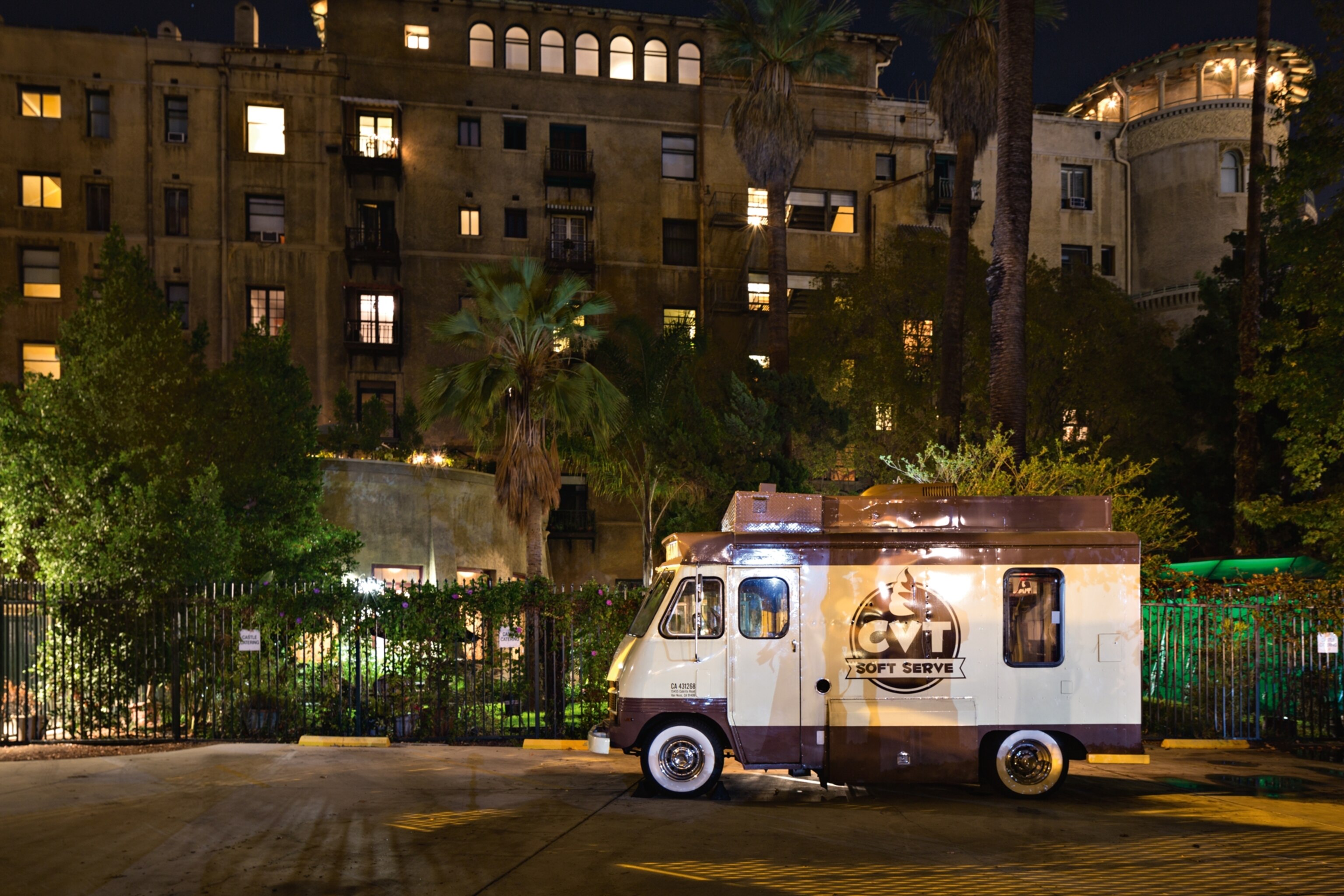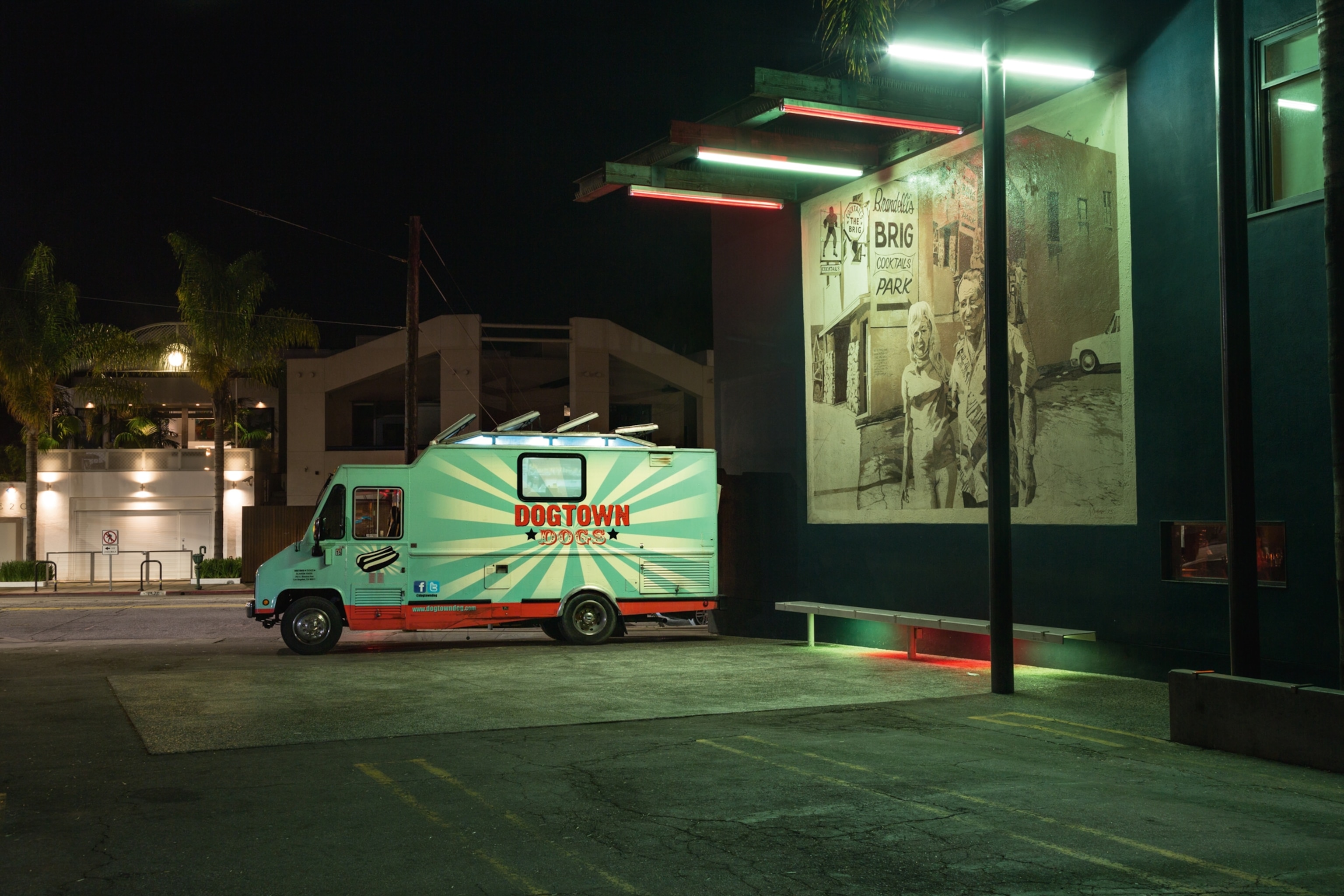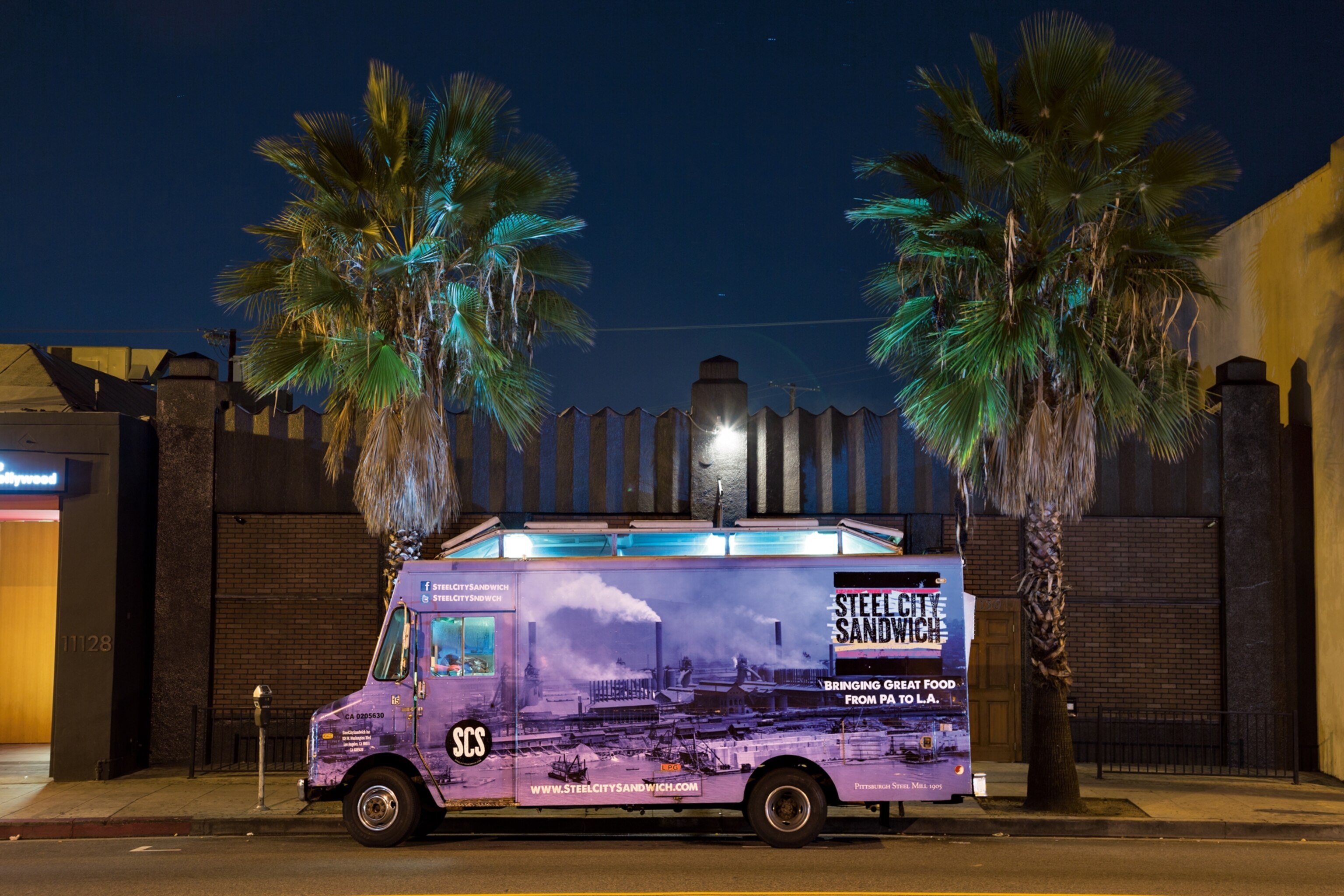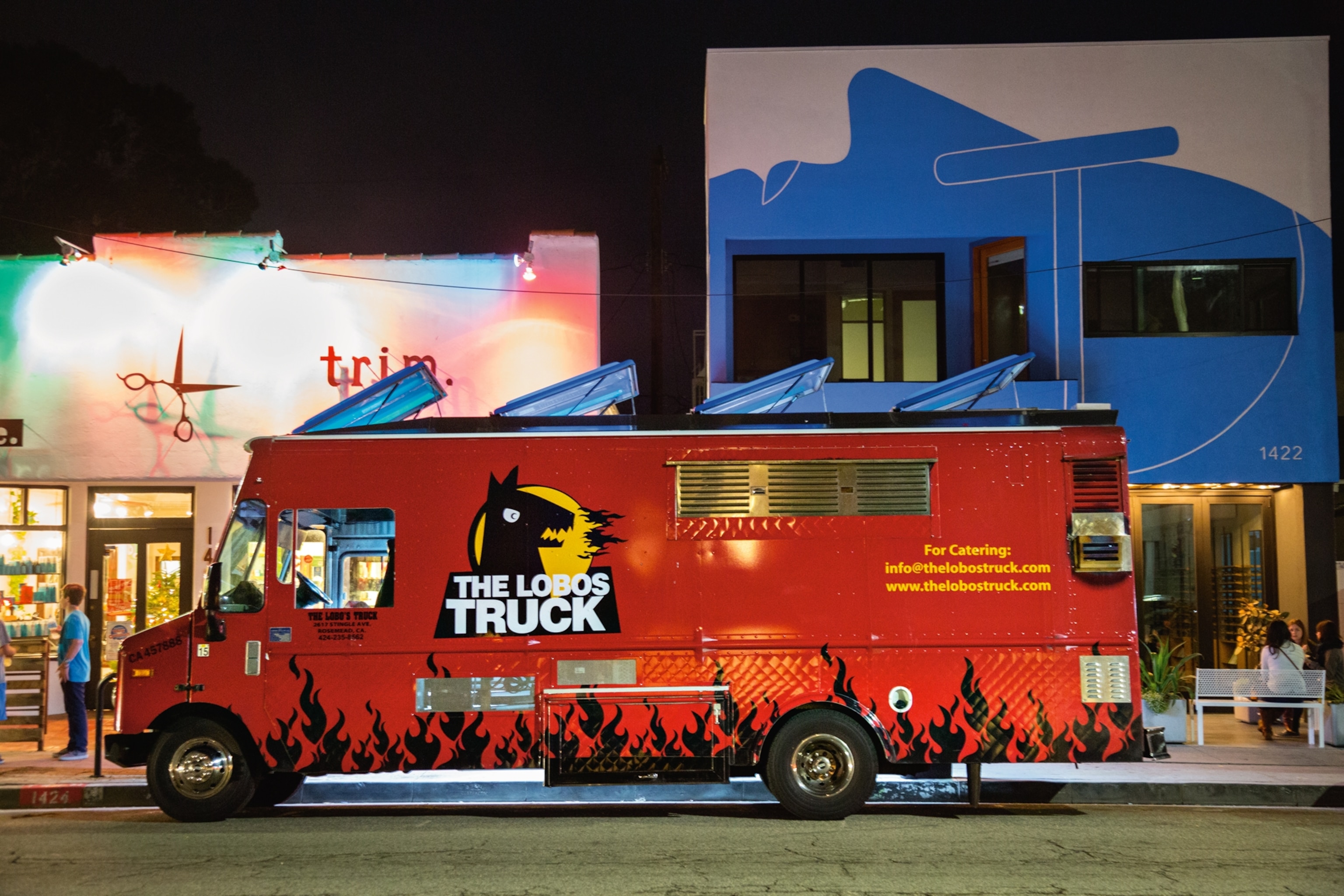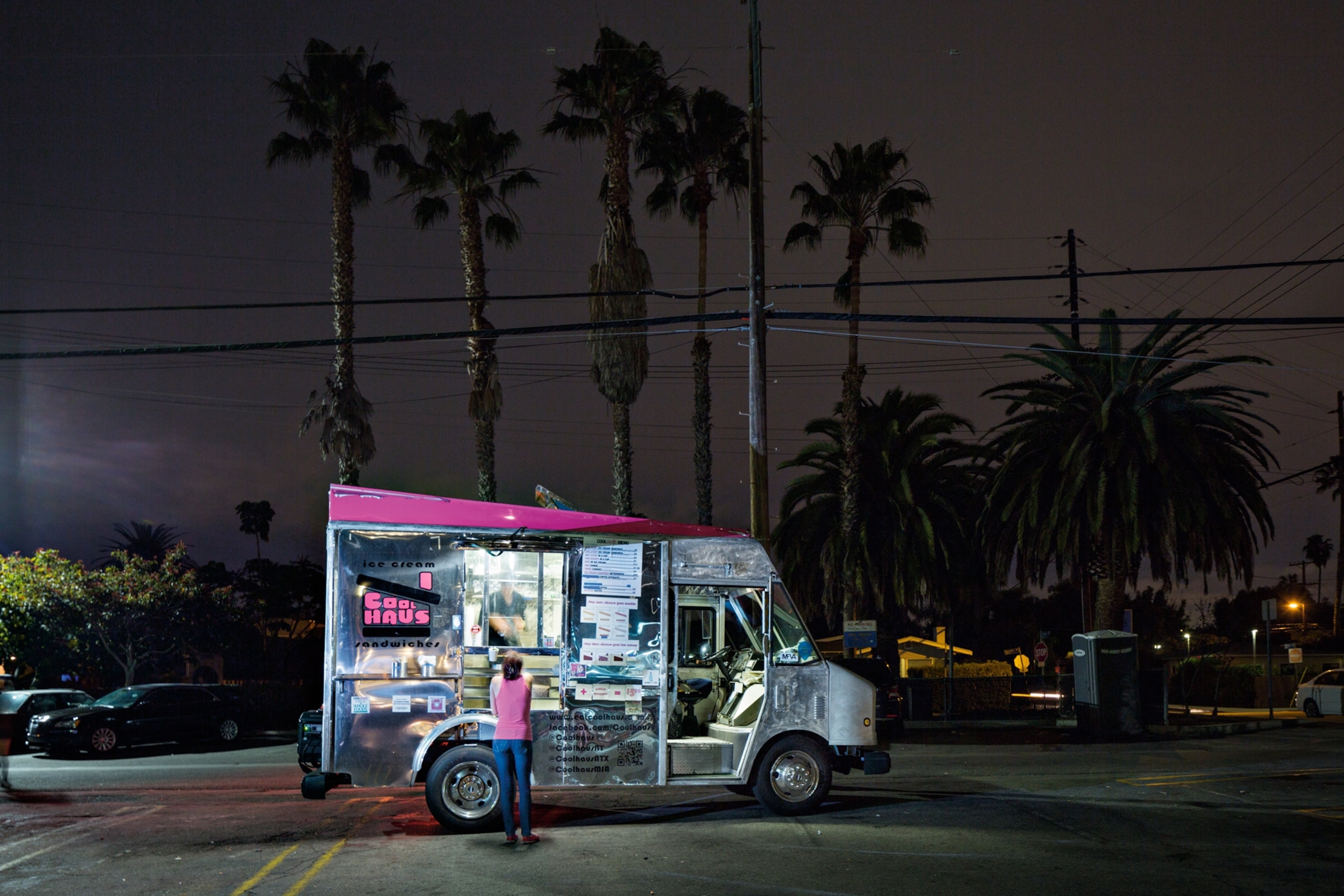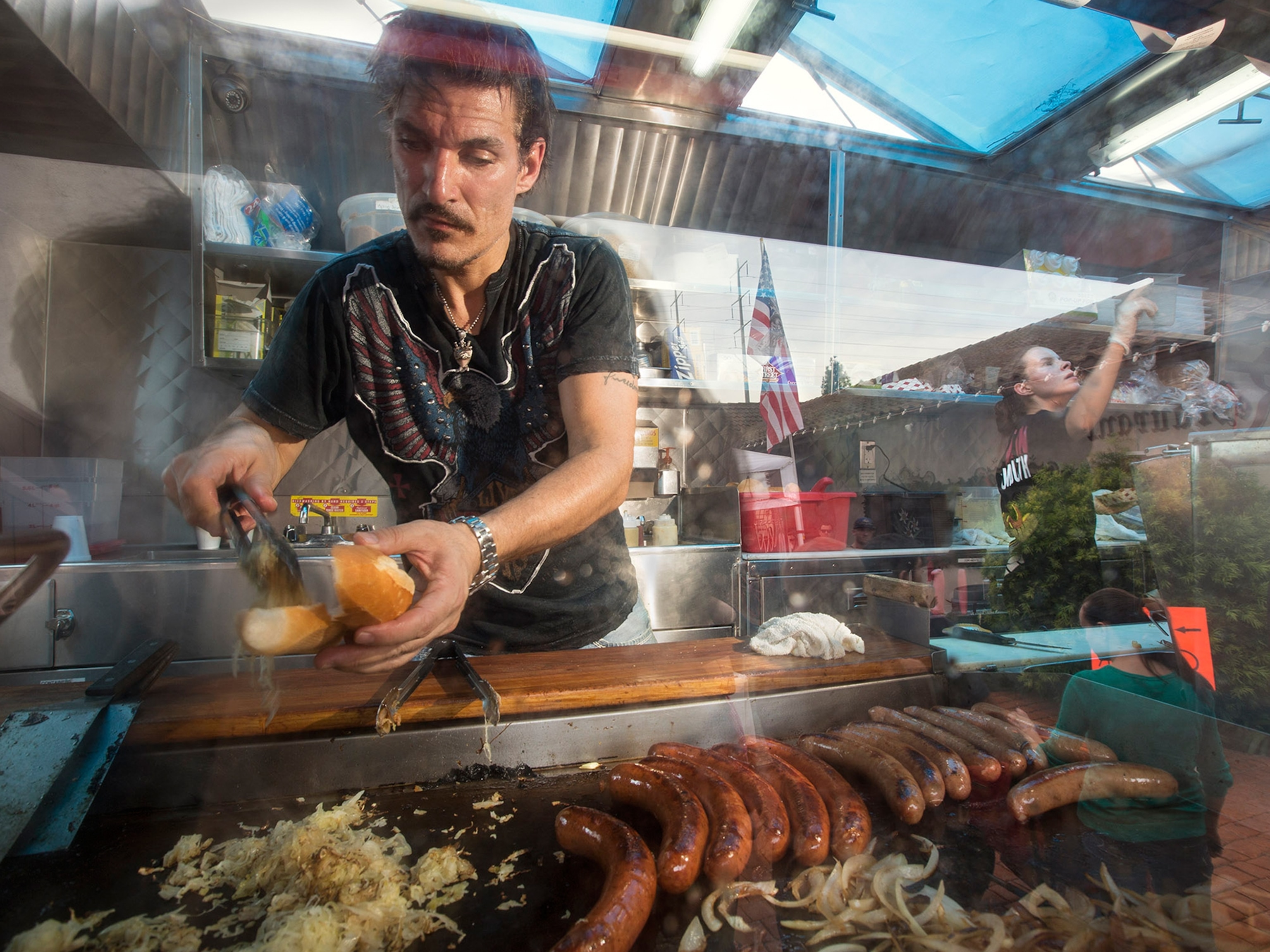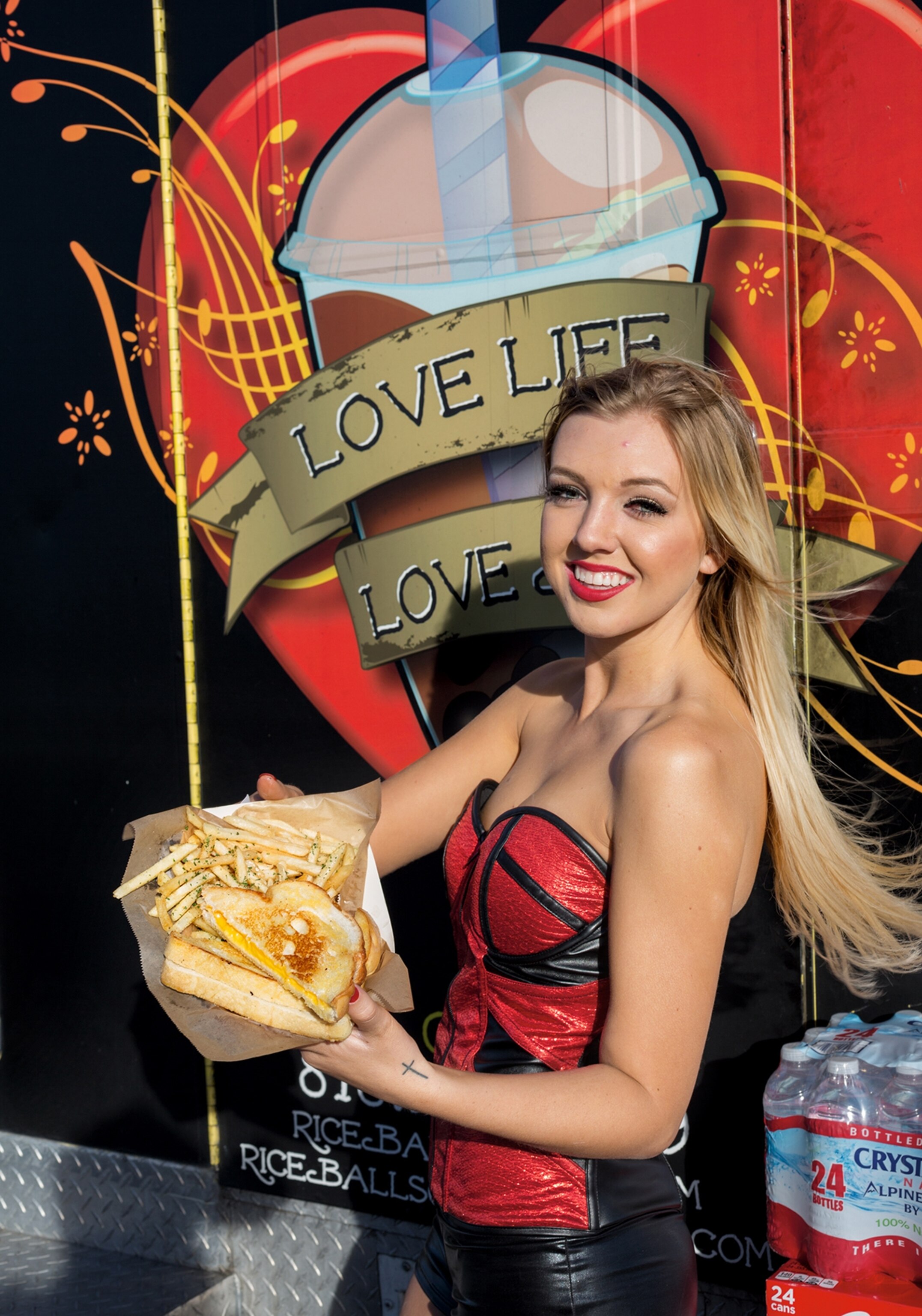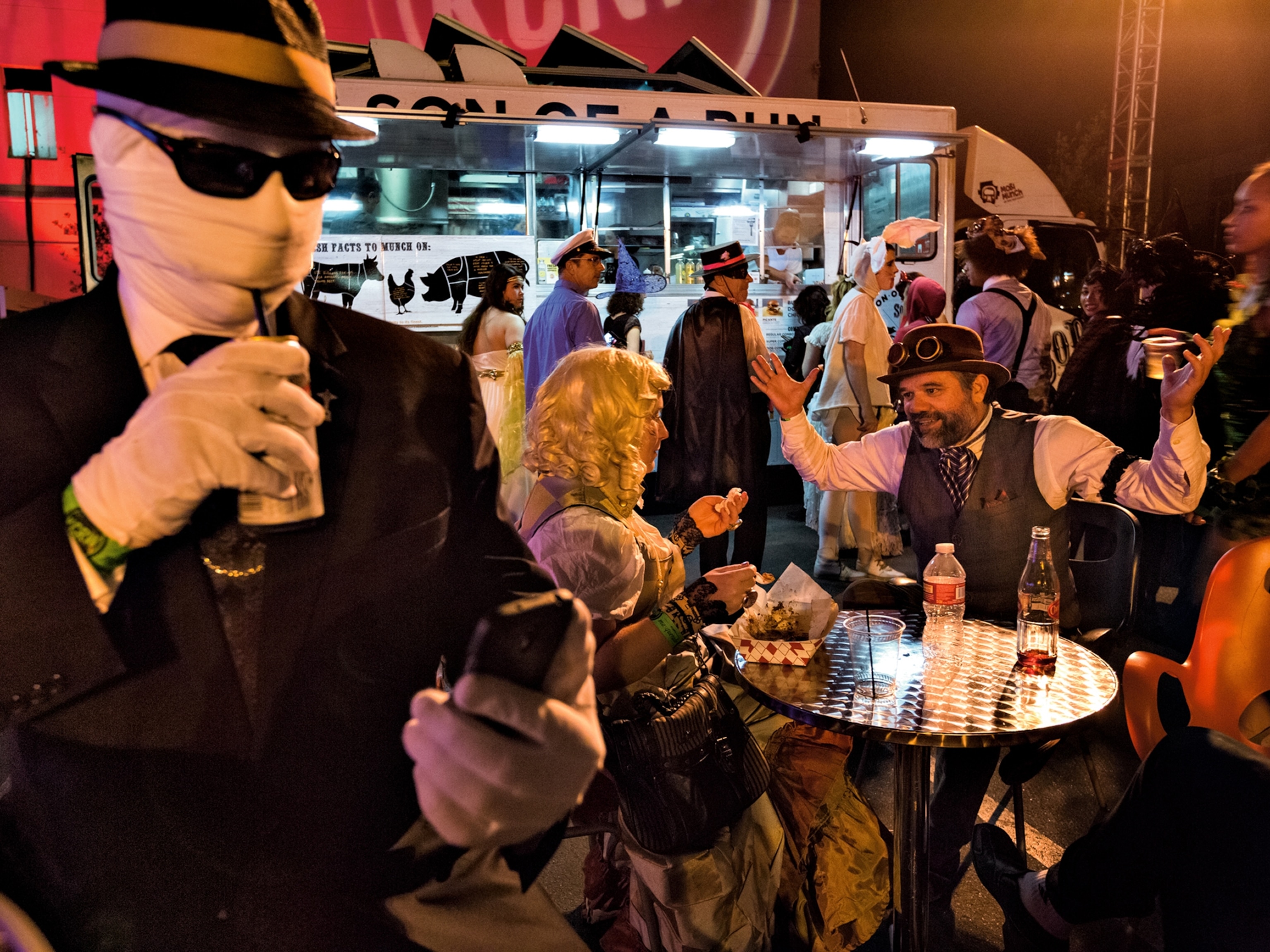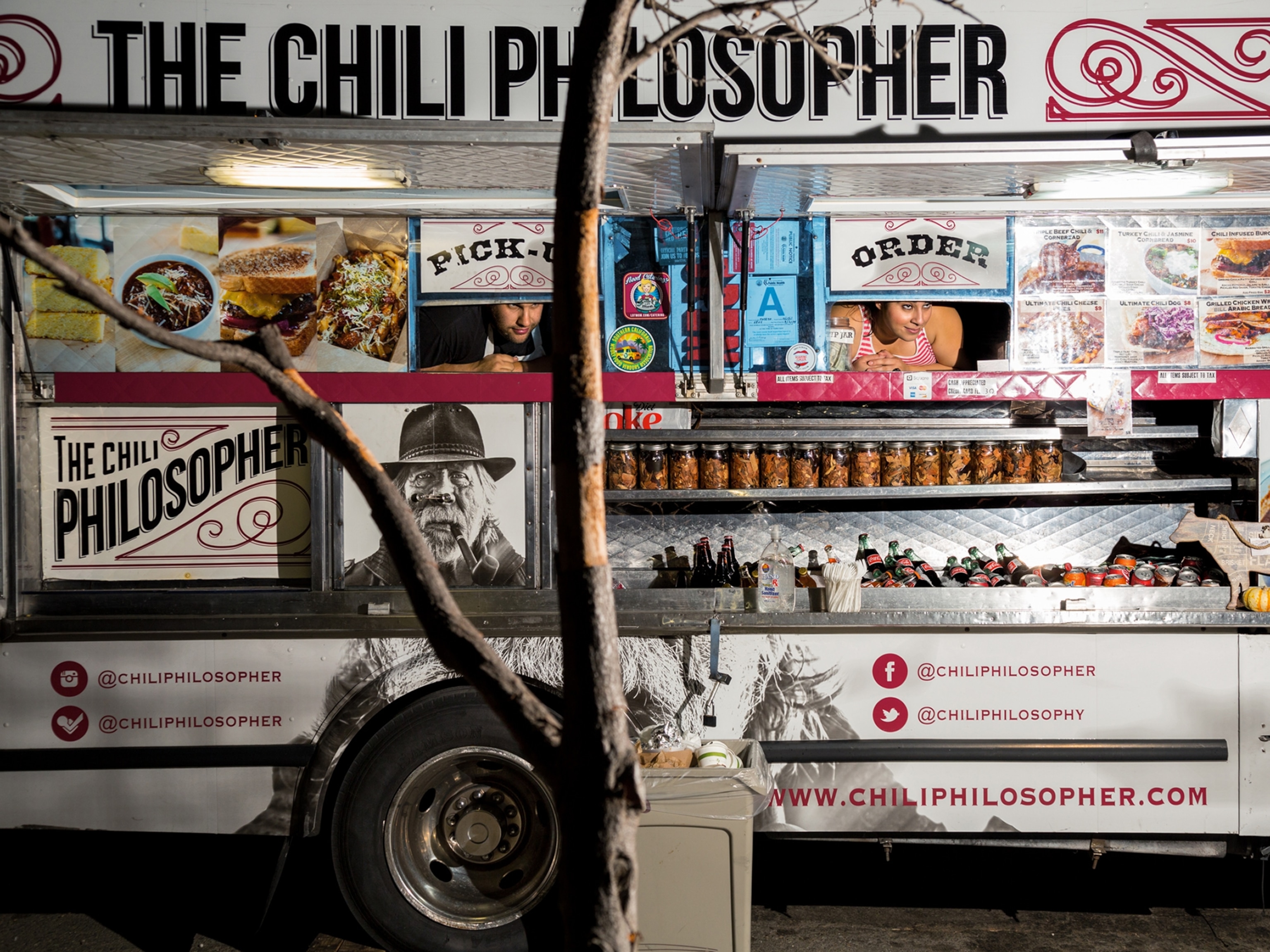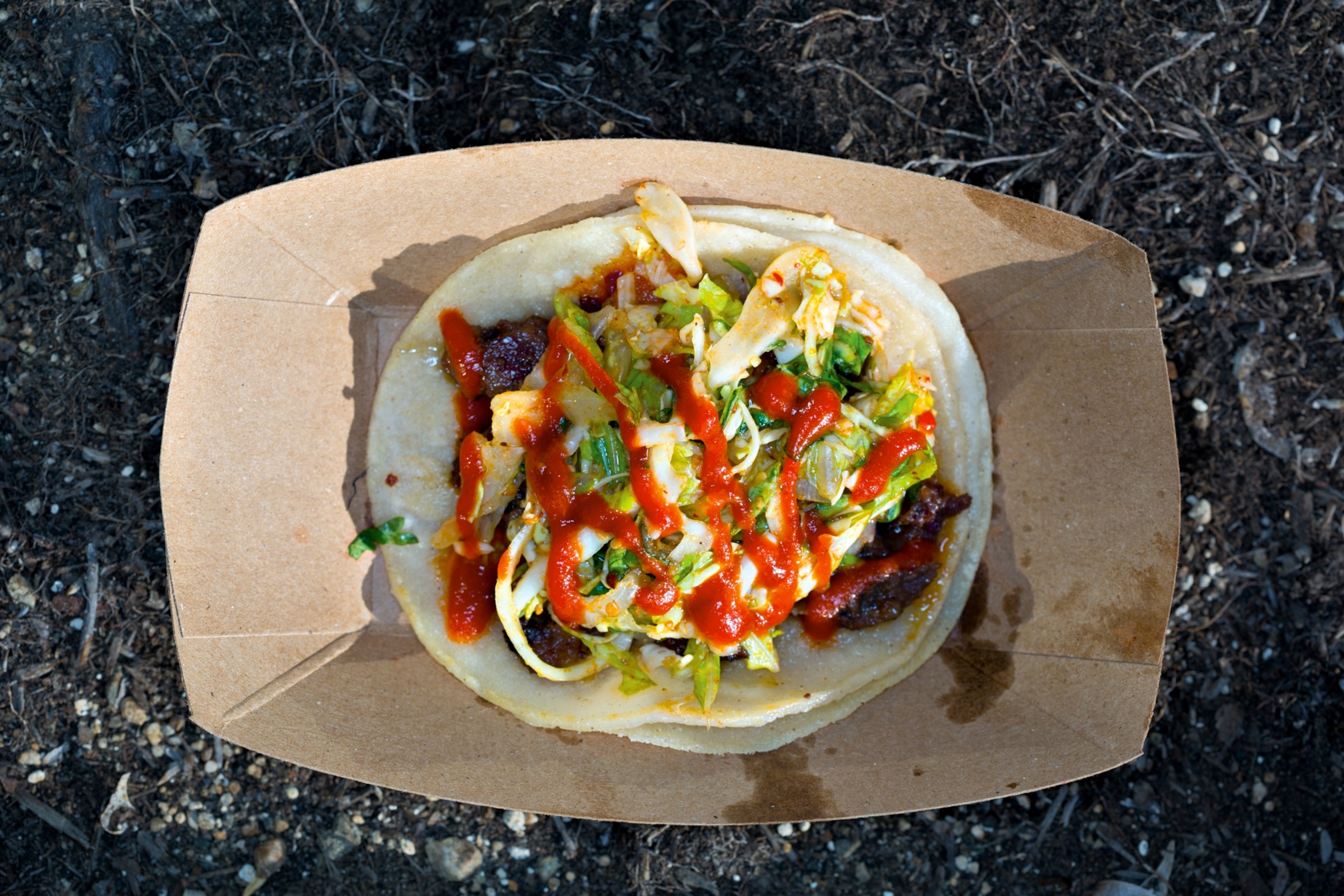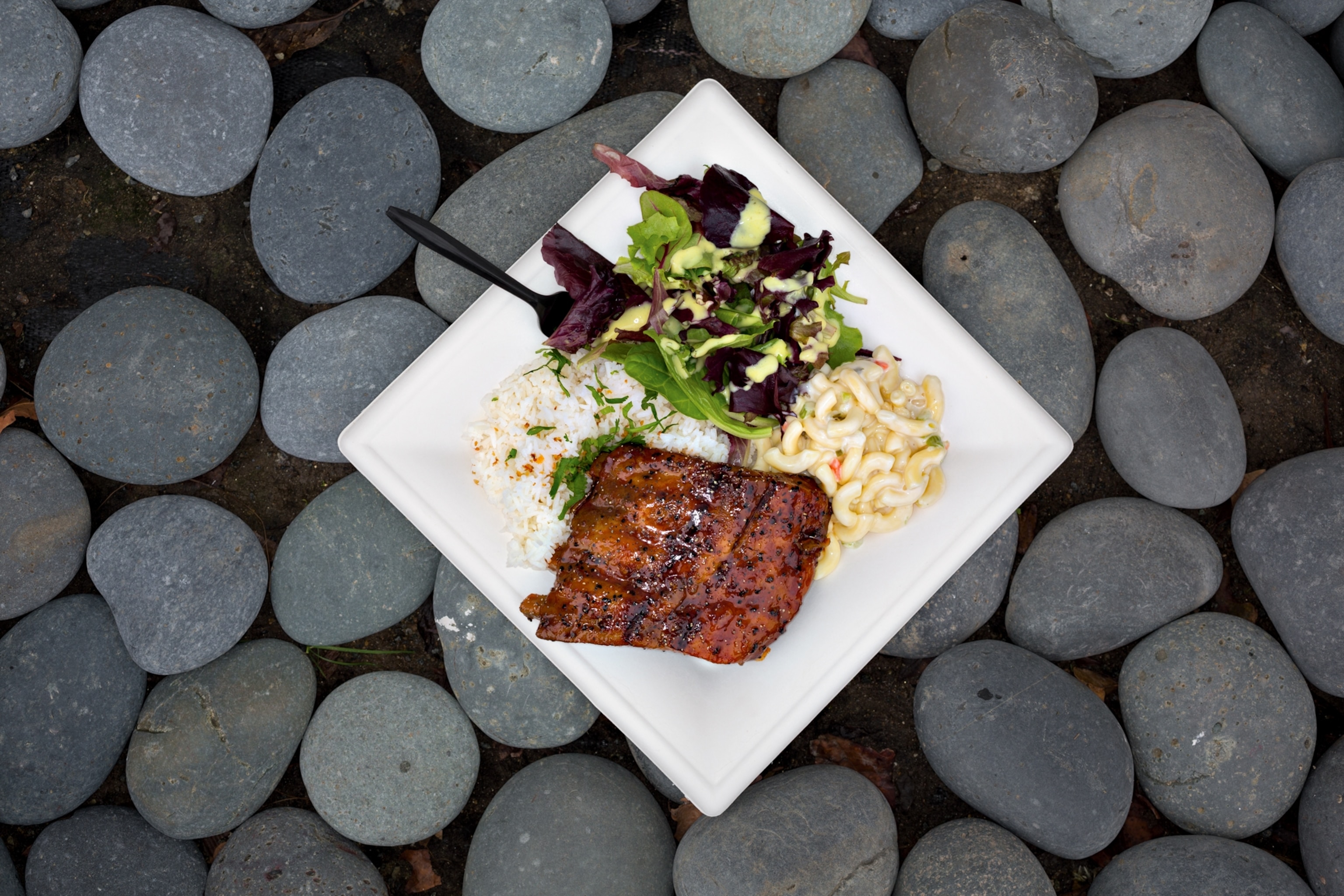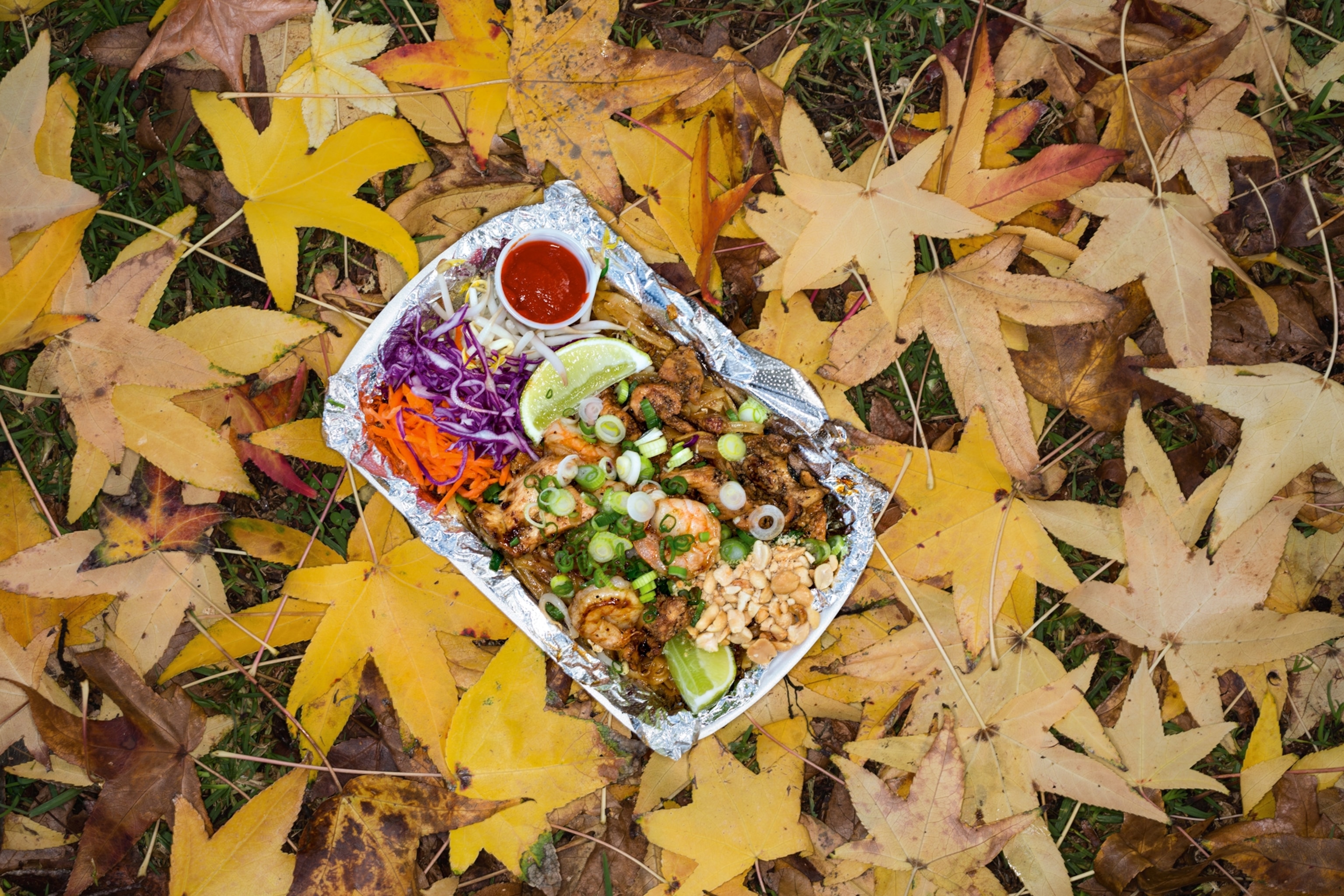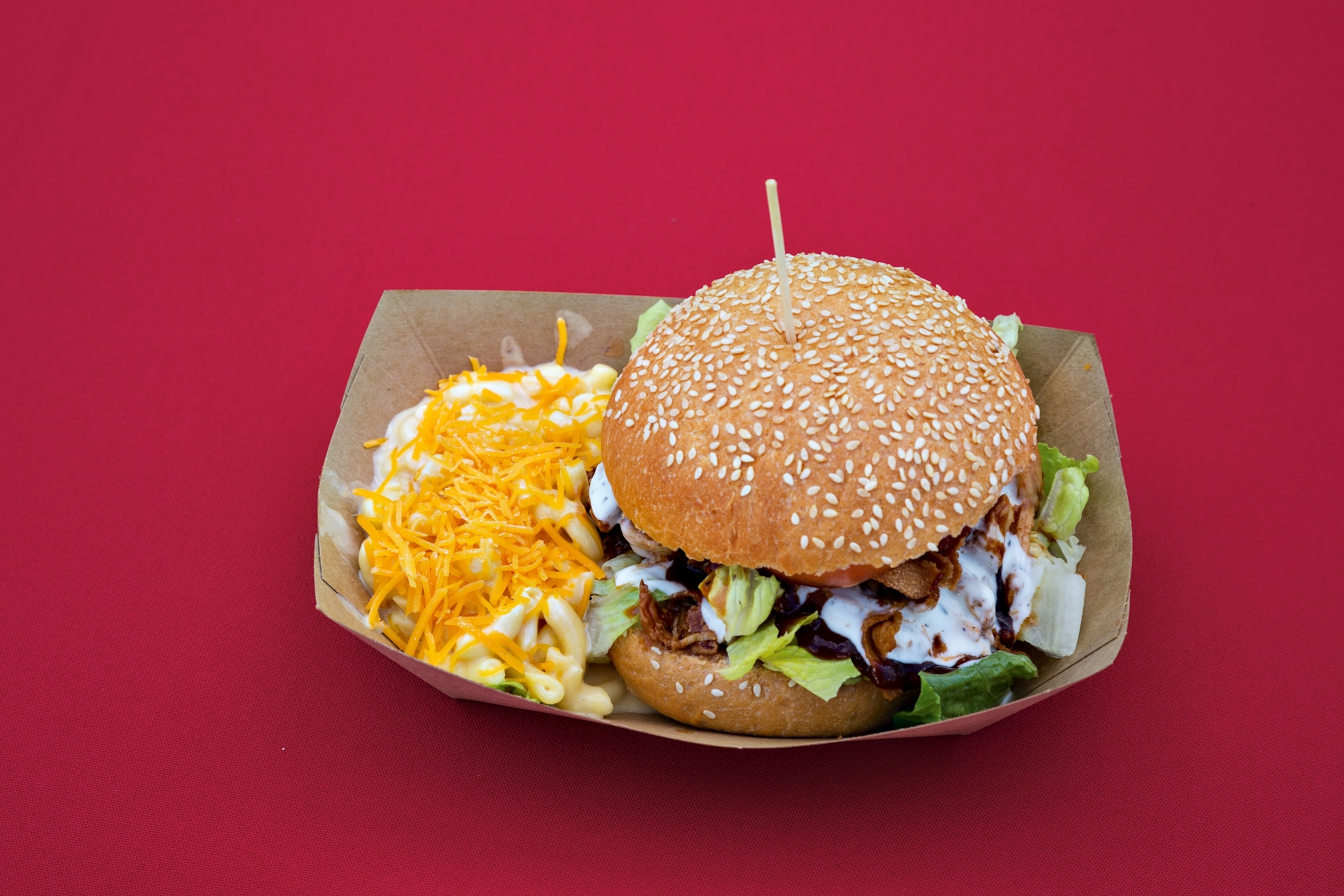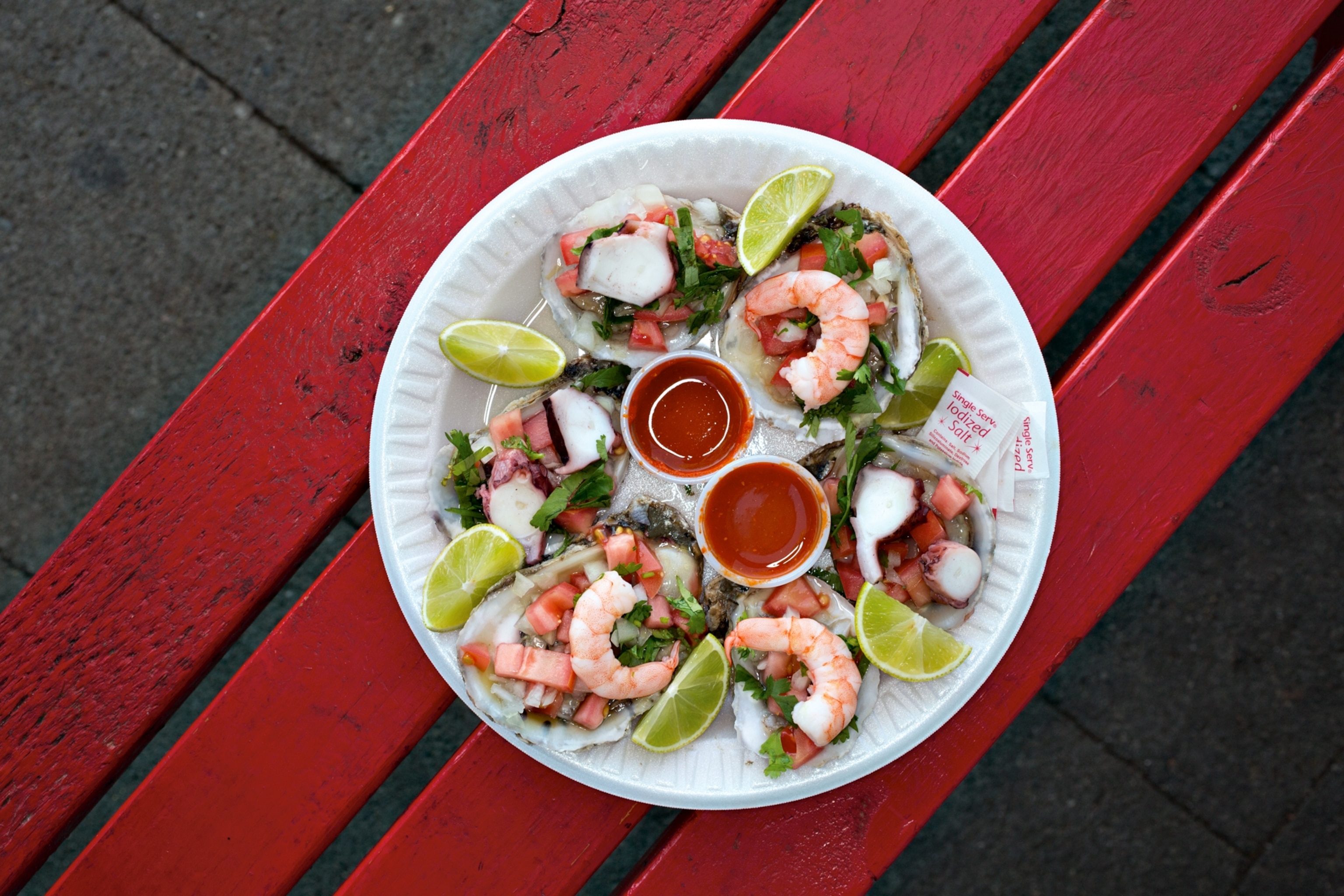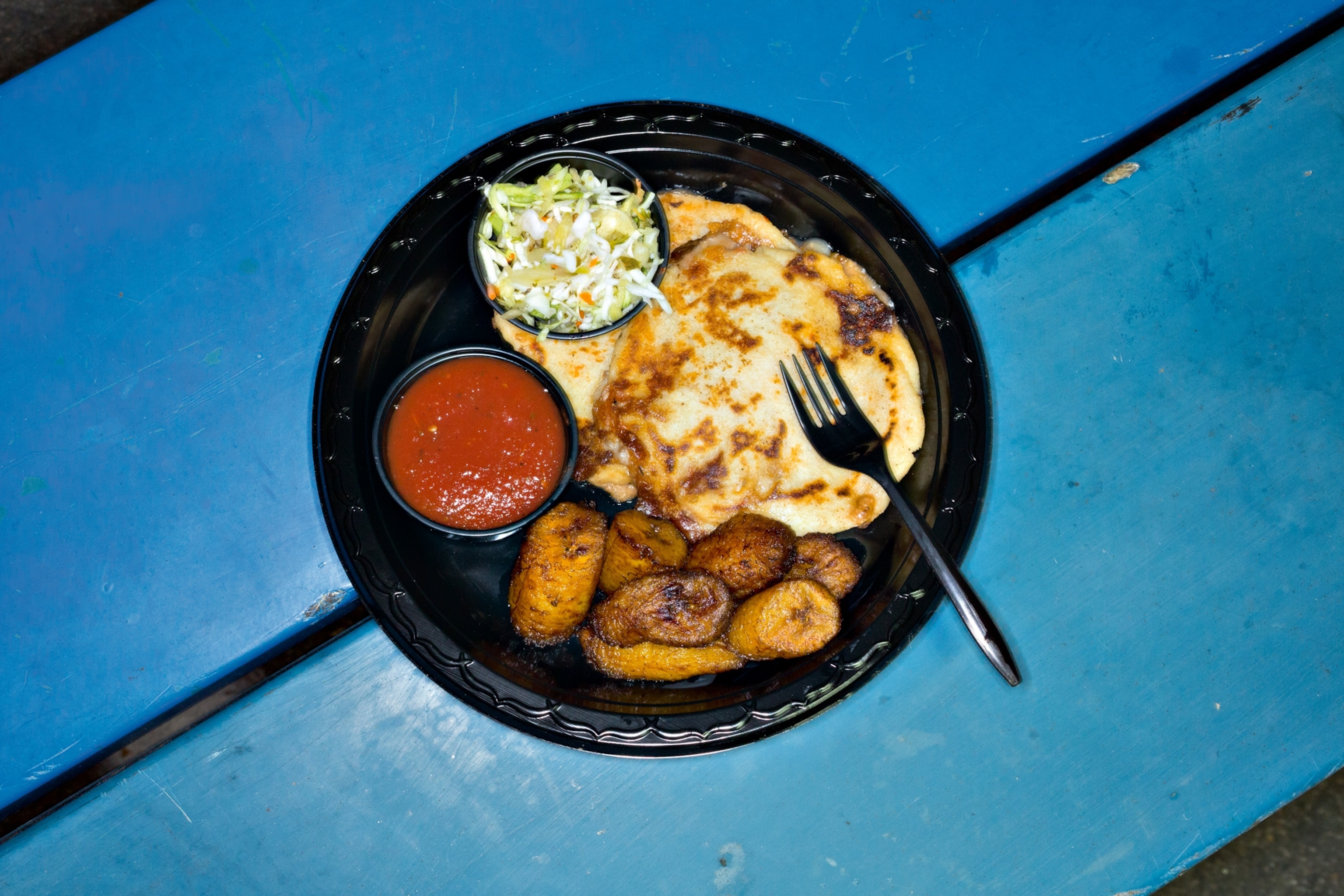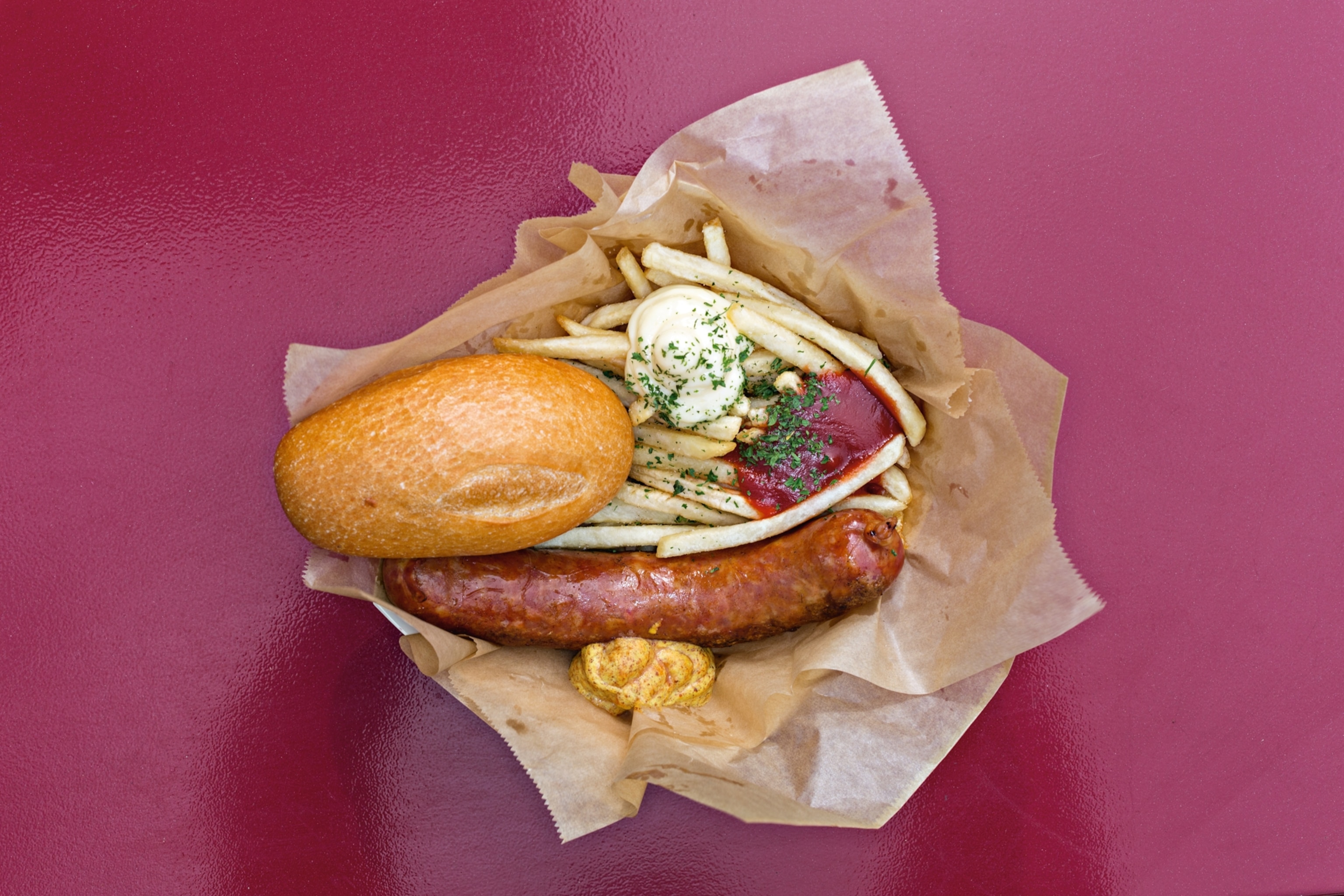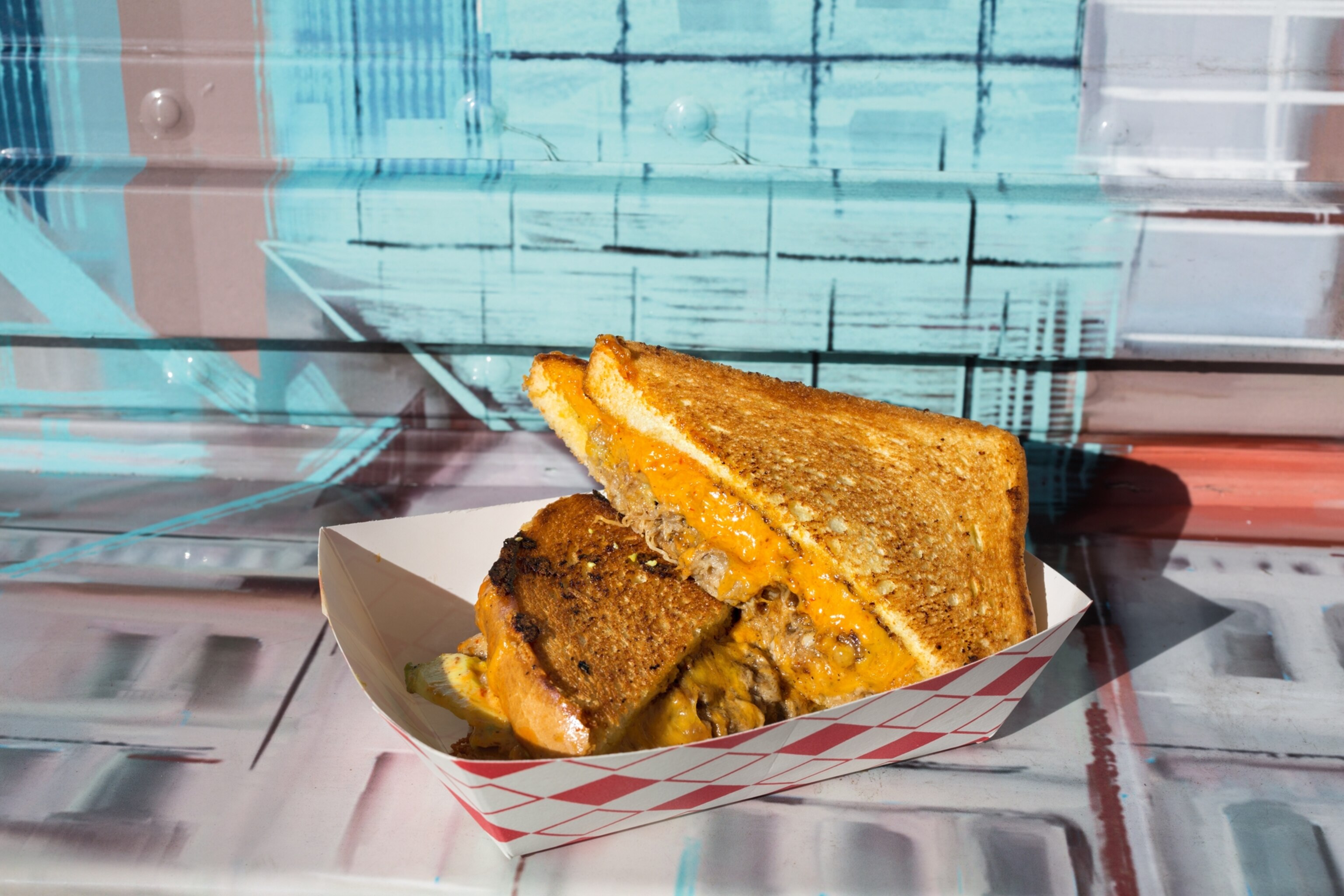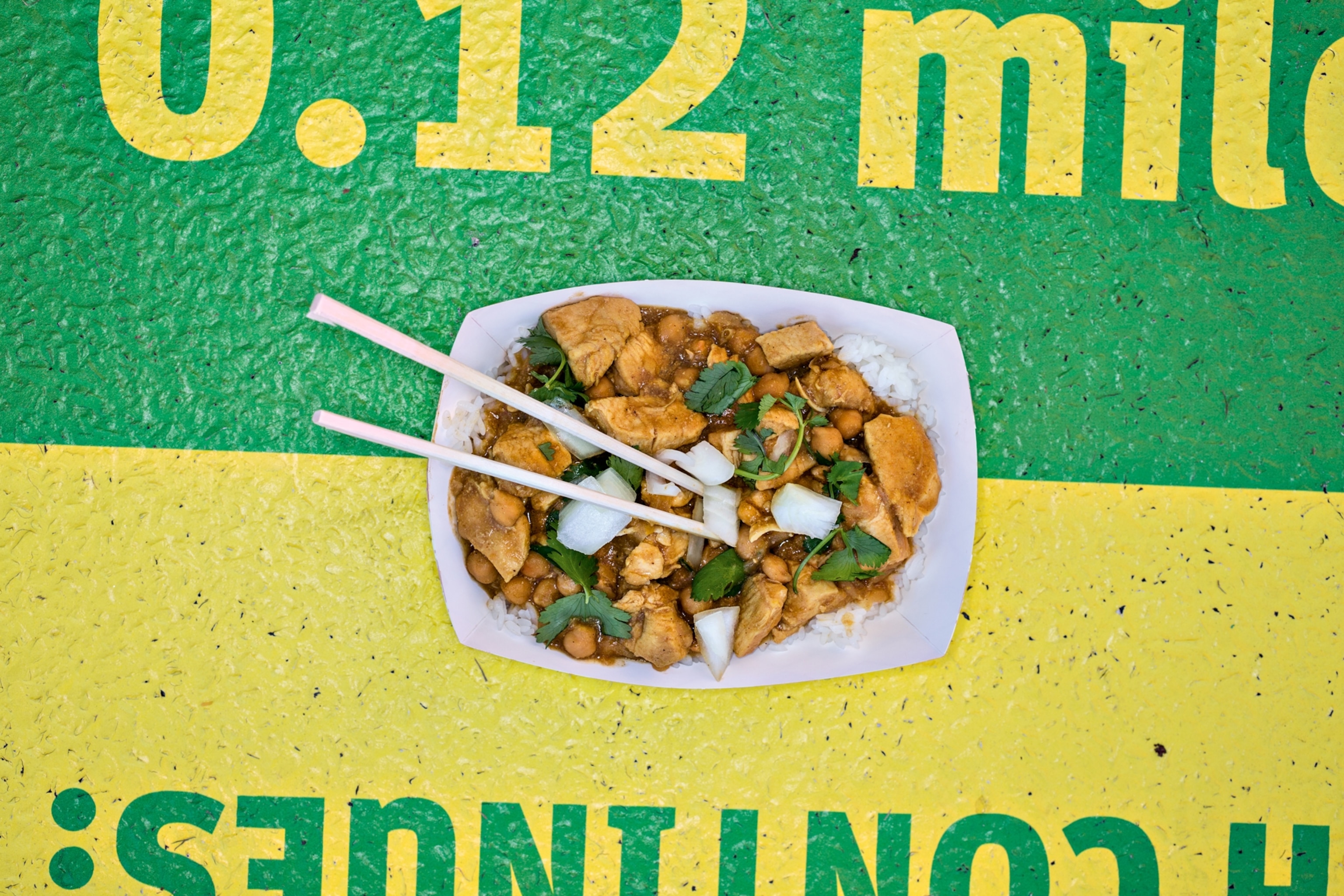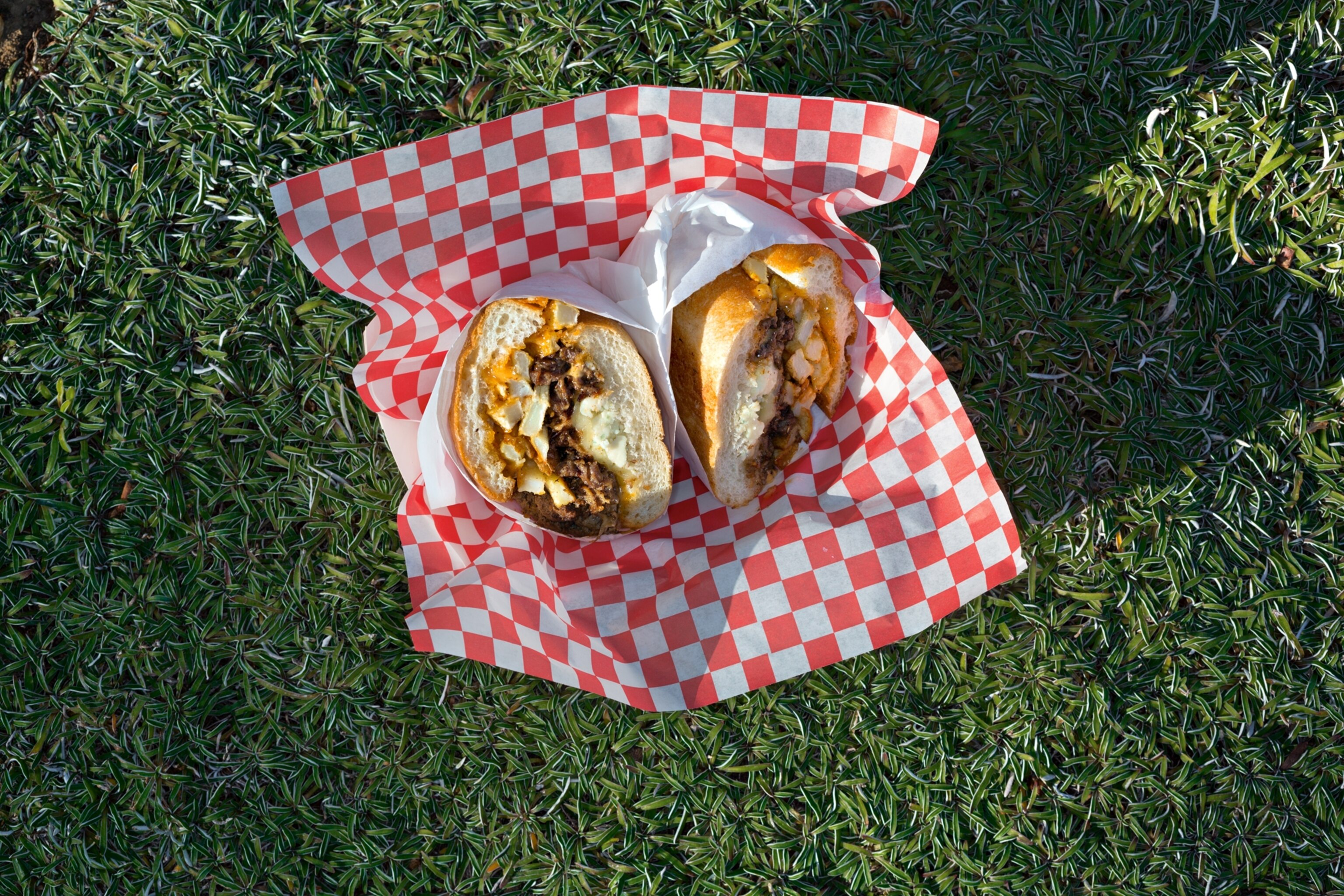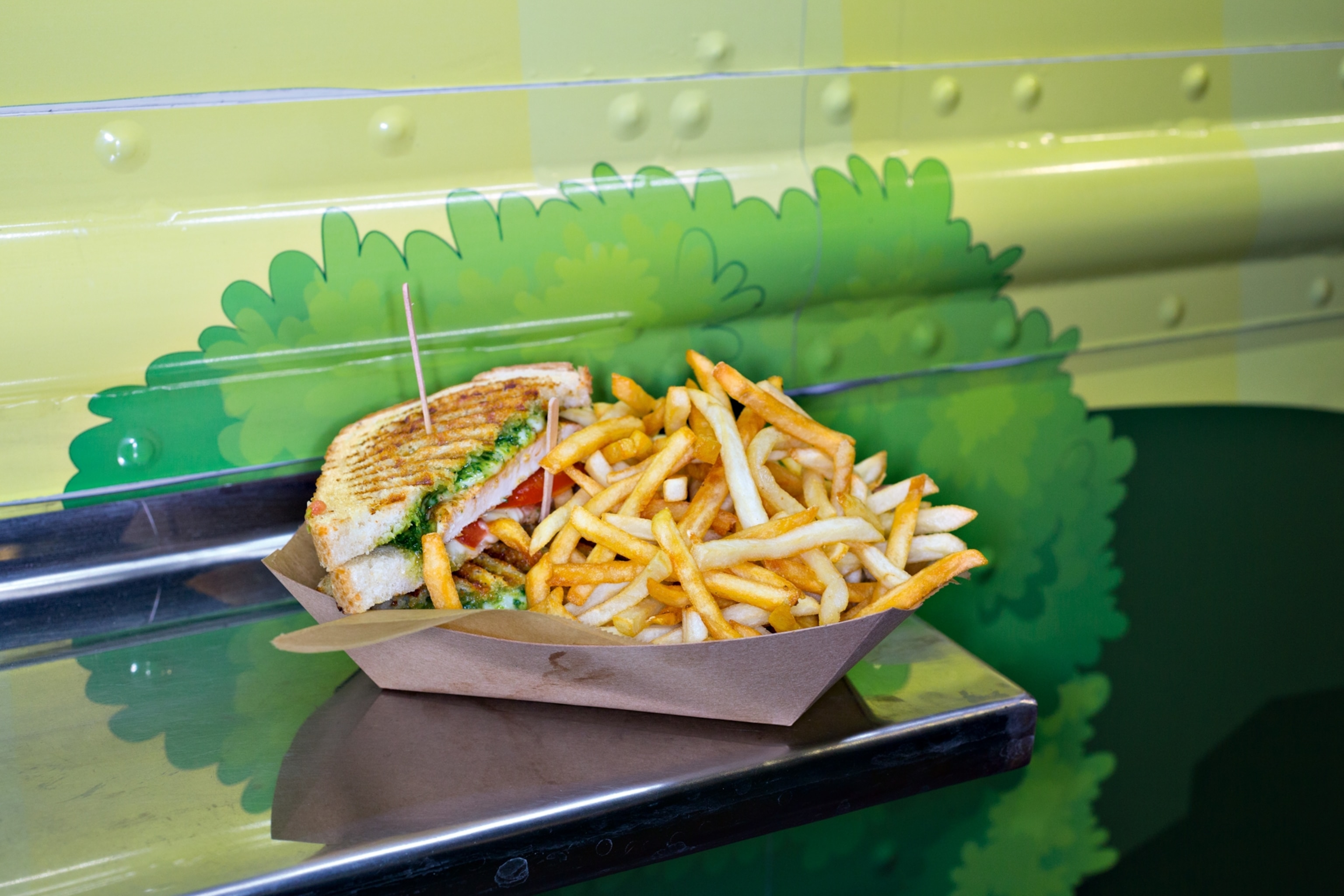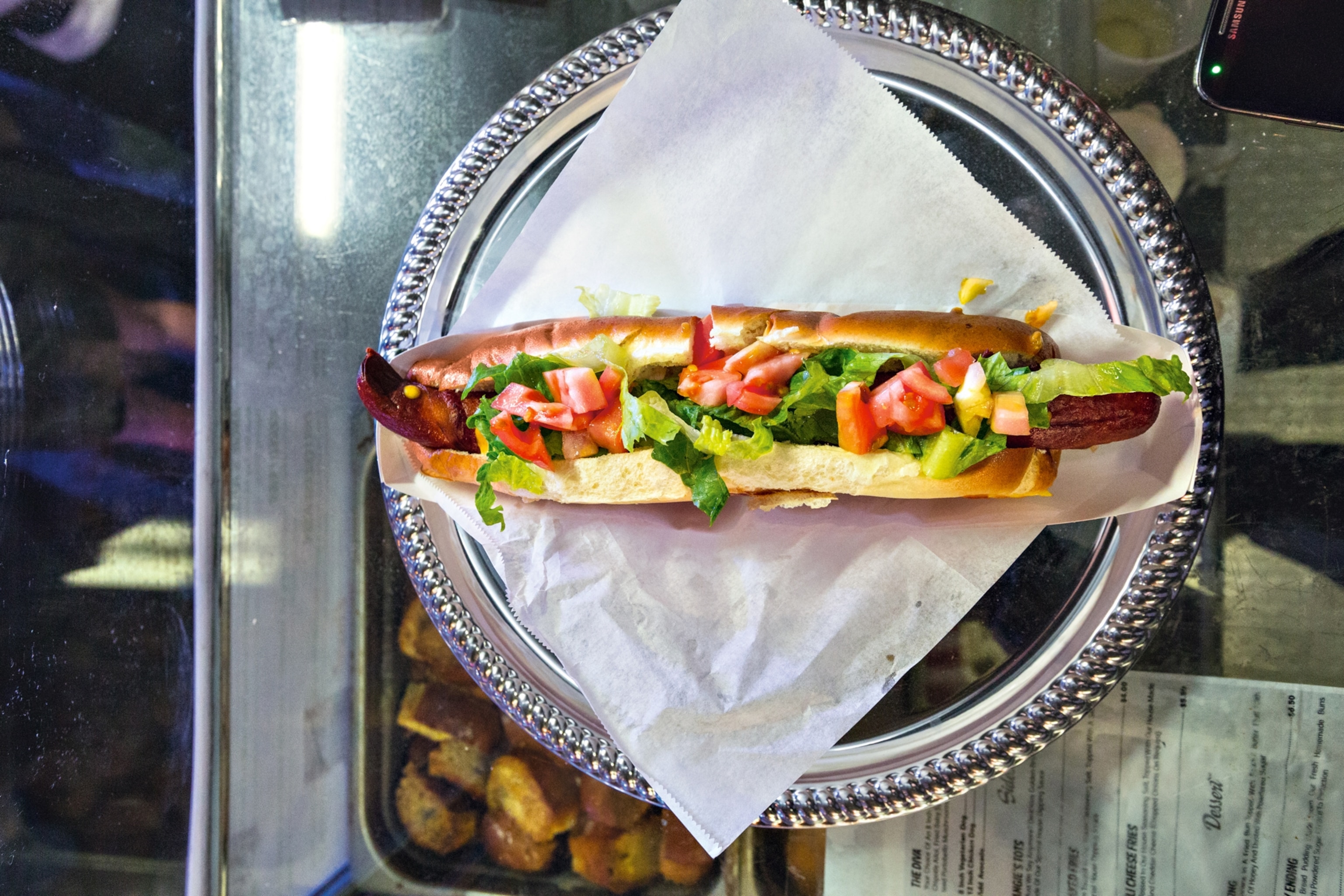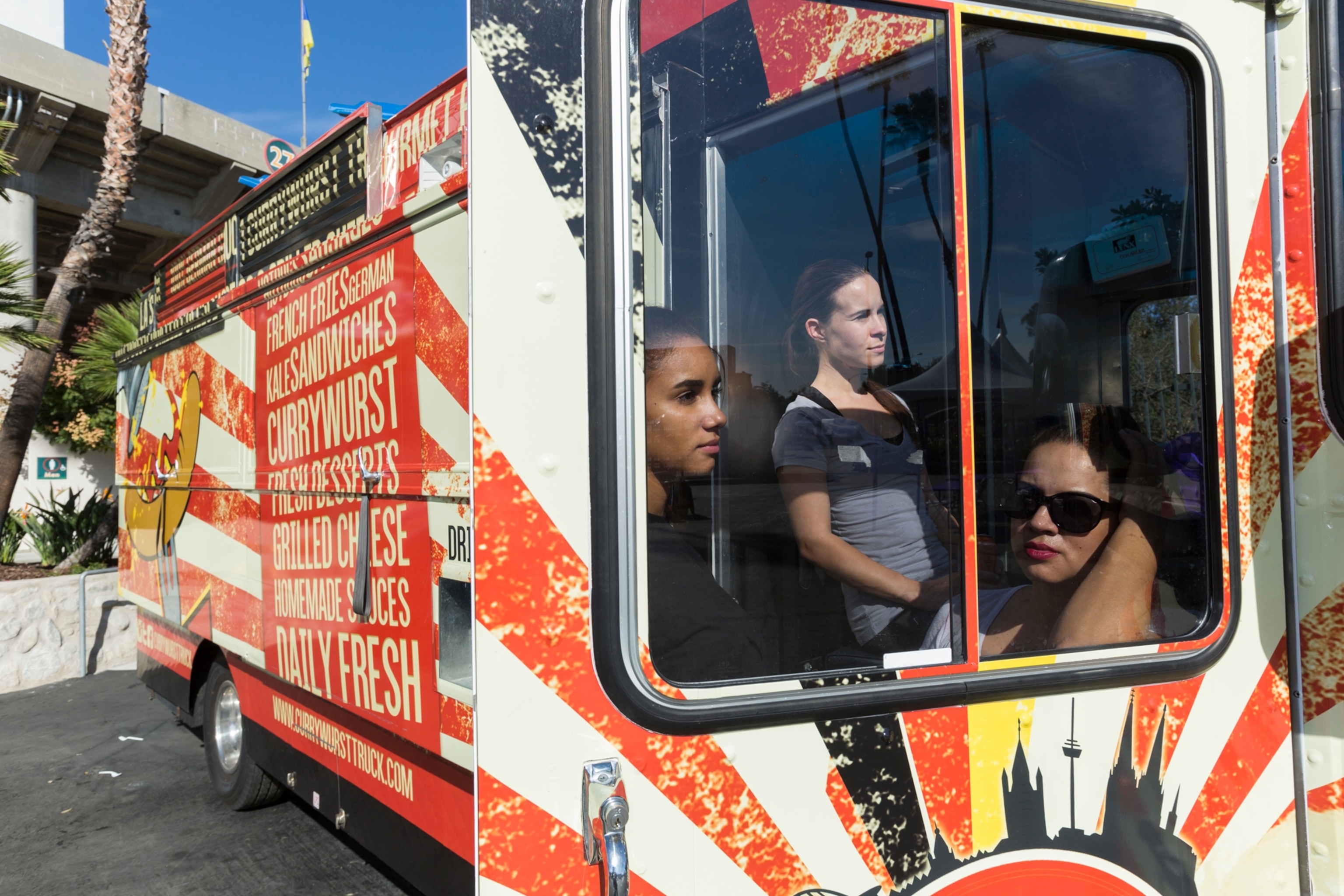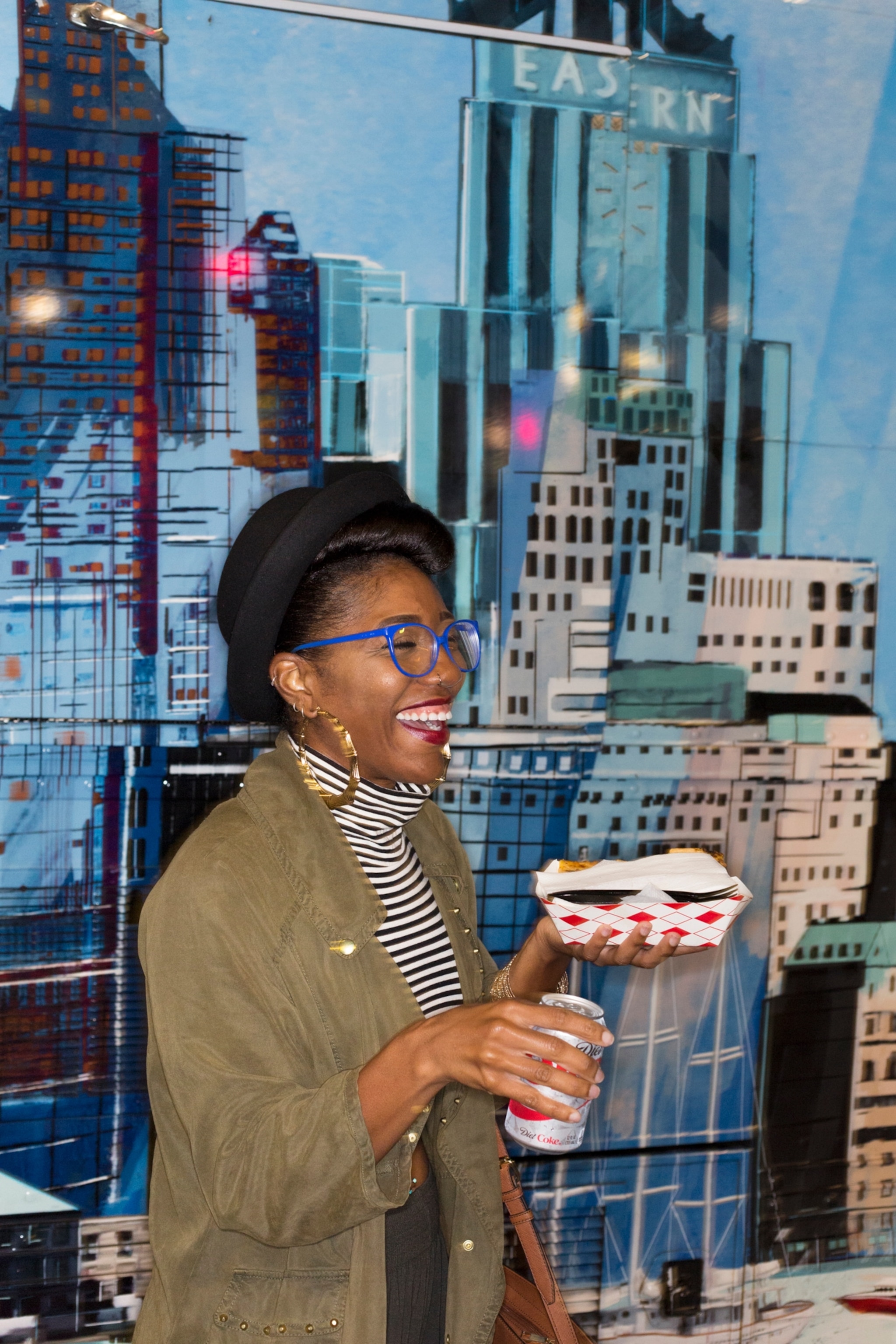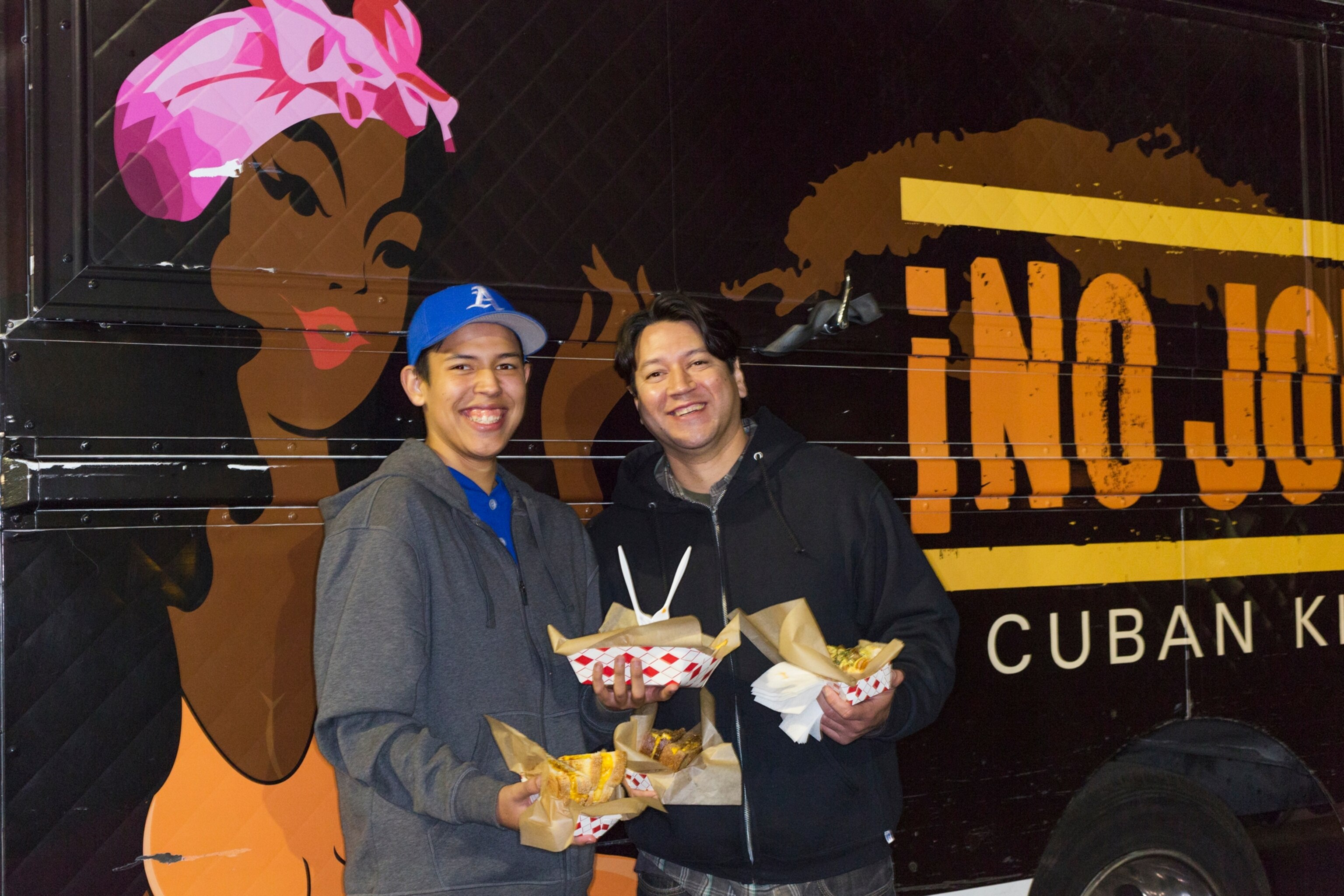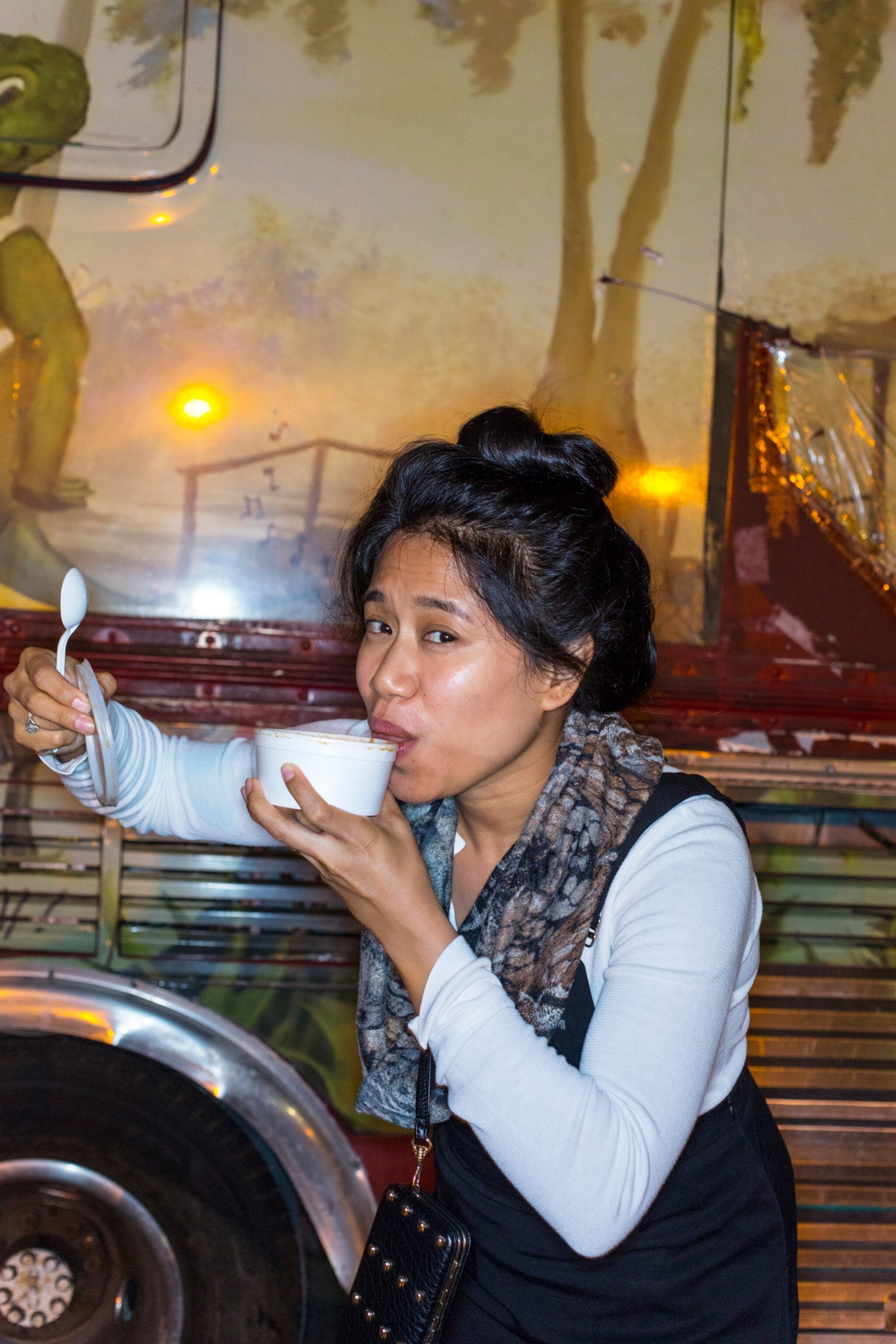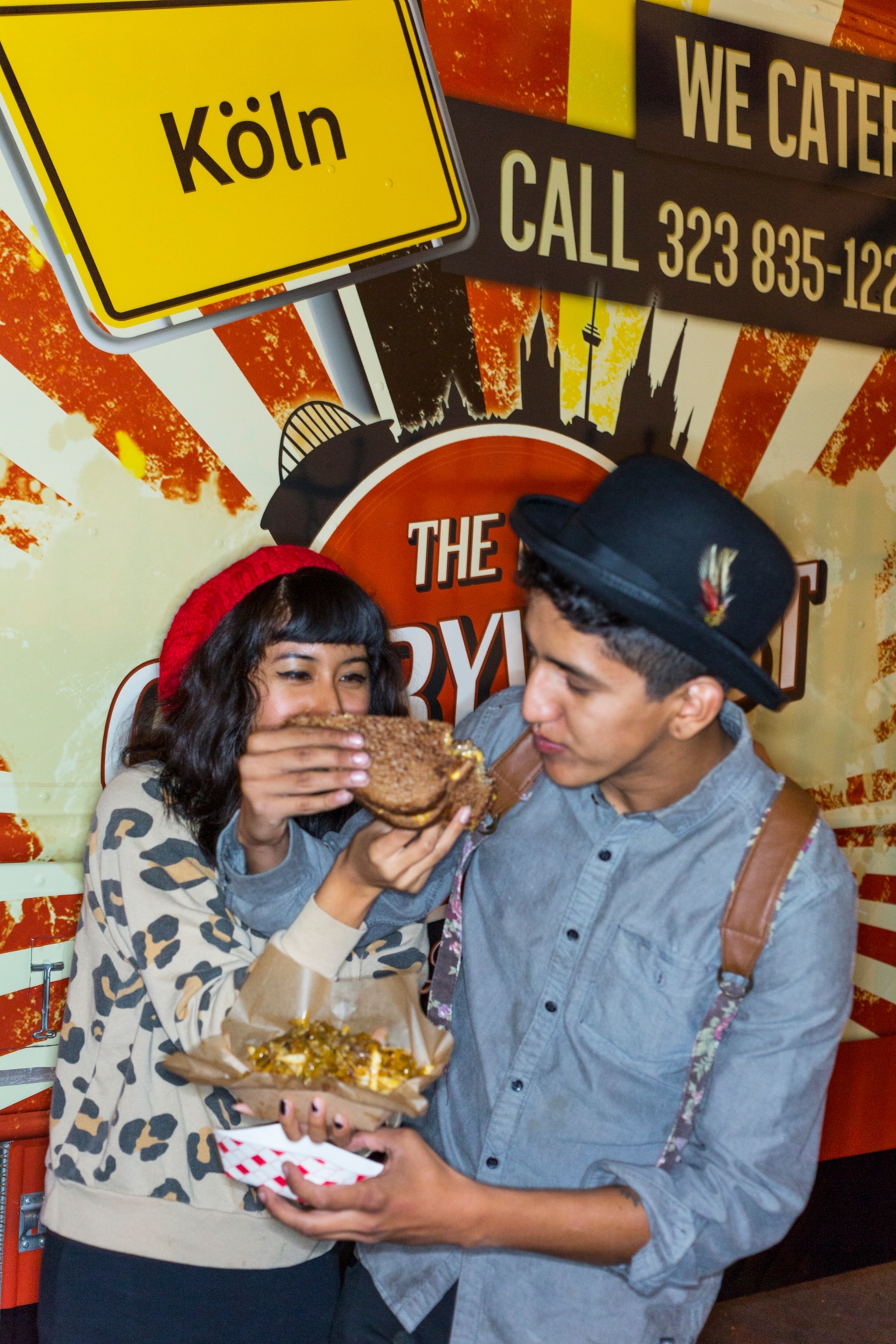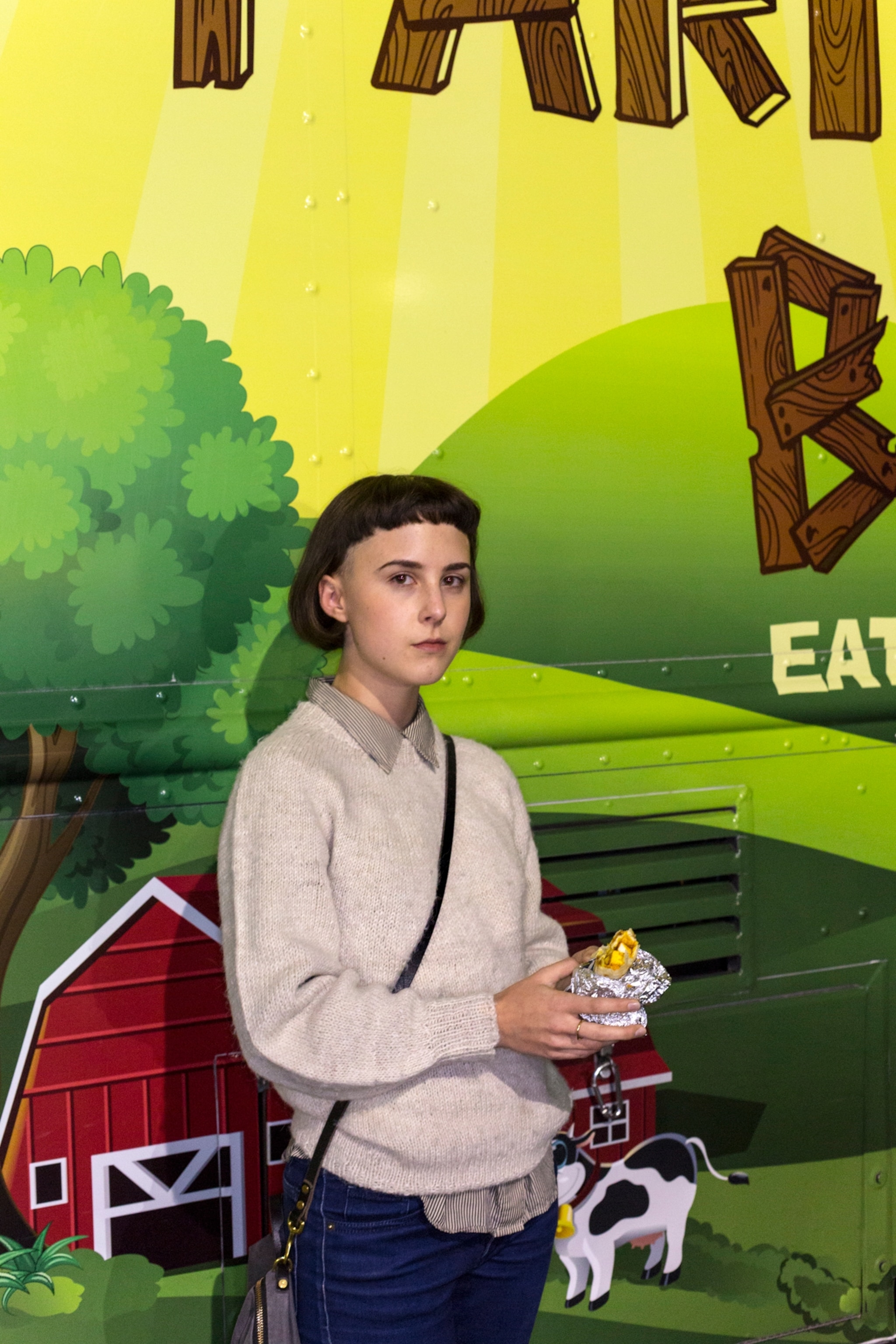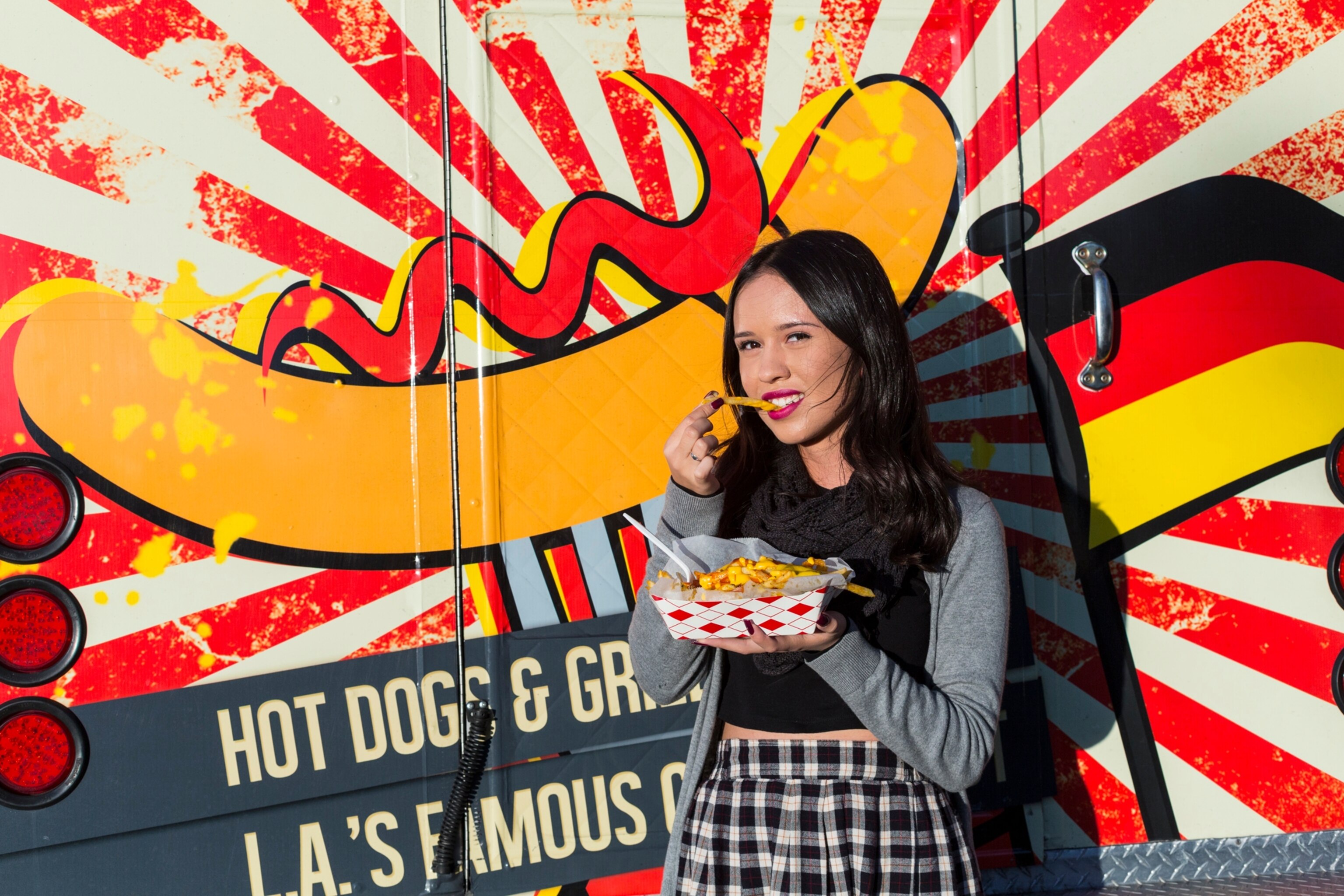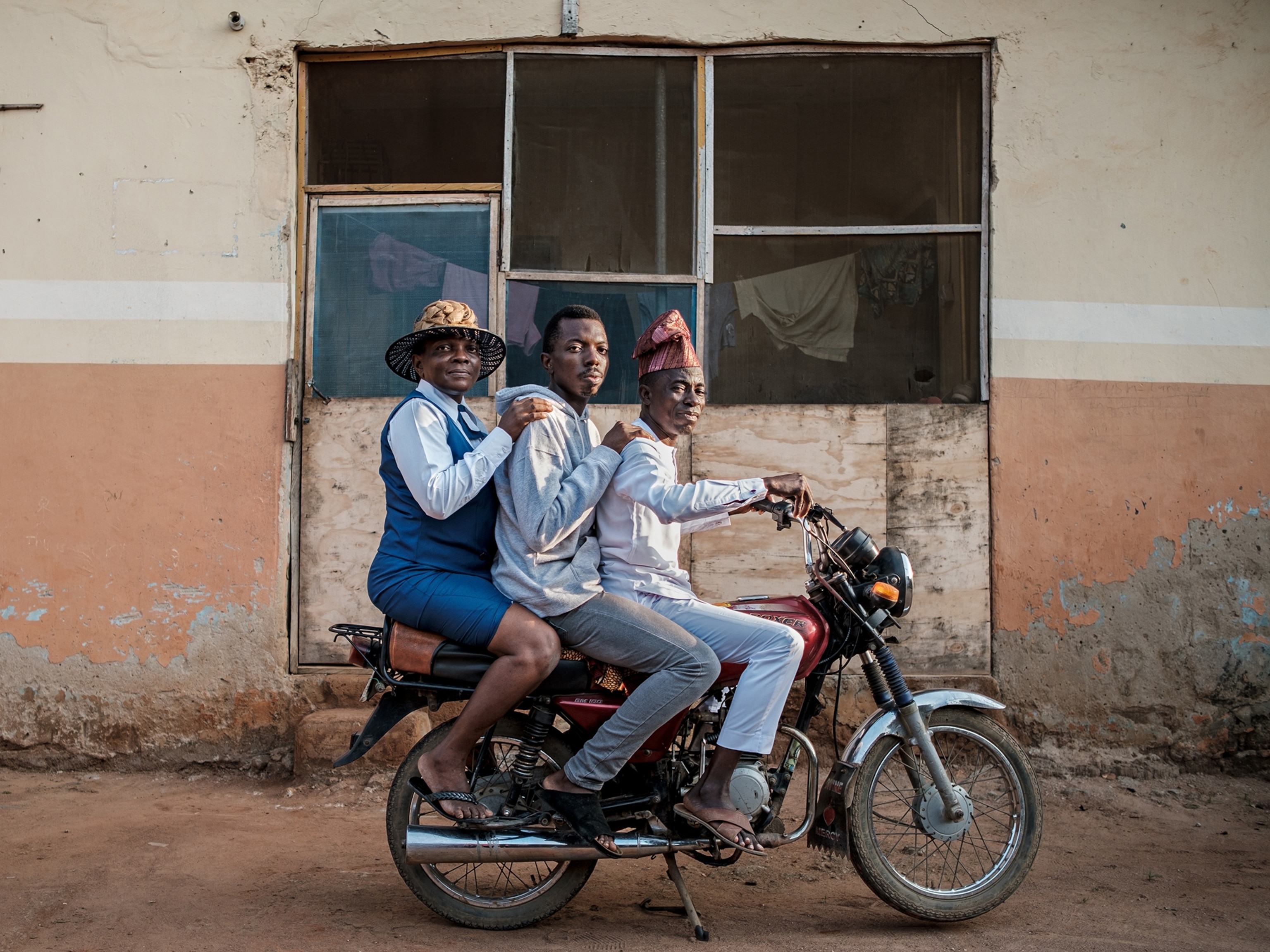How One Korean Taco Truck Launched an $800 Million Industry
A Los Angeles chef took a crazy idea and sparked a food movement on wheels.
It’s 10 p.m. on a chilly Saturday in Los Angeles. Some 30 people, braving 48°F weather—hat-and-scarf cold for L.A.—line up along the sidewalk in front of a converted step van parked on the street. The windows slide open, and the phenomenon that is the Kogi BBQ food truck kicks into high gear.
Kogi BBQ has been drawing crowds, and accolades, since 2008, when two friends hatched a plan to fuse Korean barbecue with Mexican tacos and then hawk them from a truck on L.A.’s streets. Food trucks aren’t new to the city’s landscape. For decades they’ve offered cheap eats along roadsides and at construction sites across southern California. But they were often disparaged as “roach coaches.” So a Korean-taco truck was “a crazy idea,” writes Kogi BBQ founder Roy Choi in his memoir, L.A. Son. (Join National Geographic’s #streetfood photo assignment.)
That idea turned out to be “genius and ingenious,” says Barbara Fairchild, former editor of Bon Appétit and a longtime L.A. resident. The genius came in the kitchen.
Choi, 45, was born in Korea and immigrated with his family to L.A. when he was two. Drawing on flavors from his native cuisine—fused with Mexican dishes—and his top-notch chef training from the Culinary Institute of America, he concocted the deeply flavored caramelized short-rib barbecue and smoky-spicy salsas that top two crisp corn tortillas. (Check out our food blog, The Plate.)
The resulting tacos, what Choi calls “Los Angeles on a plate,” were an instant culinary classic. Through his simple yet revolutionary cooking, Choi unleashed the power of food to cross cultures and race.
“I picked up on the feeling that food was important,” he writes, “and not just a meal to fuel yourself to do something else.” (Read a blog post about how this story was reported.)
135,000 Twitter Followers
What put Kogi on the map, though, was its early adoption of social media to lure customers. Initially Kogi’s small crew didn’t have much luck selling to buzzed late-night bar-hoppers outside nightclubs on Sunset Boulevard. Then the team tapped into the emerging power of social media. Using Twitter Kogi constantly updated customers on its changing location. A groundswell of young, plugged-in urbanites appeared, tracking Kogi’s whereabouts. Within months Kogi was attracting hundreds of customers—and dishing out up to 400 pounds of meat—at several stops every day.Newsweek called it “America’s first viral eatery.” Kogi BBQ now has 135,000 followers, and its fleet has expanded to four roaming trucks and a truck stall at LAX airport. (See National Geographic Your Shot pictures of street food.)
Oddly enough, the economic downturn in 2008 was an ideal incubator for the supply and demand for food trucks. Chefs and entrepreneurs supplied talent and passion to start food truck businesses at a fraction of the cost of opening a restaurant.
On the demand side, diners strapped by a tanking economy were willing to plunk down up to ten bucks for authentic, creative dishes that were a bargain compared with high-end restaurant prices. Social media then connected trucks and customers to forge an entirely new food movement.
‘You Have to Have a Brand’
Today thousands of upscale food trucks roam city streets from San Francisco to Austin to Washington, D.C., broadcasting their whereabouts to sell everything from bespoke grilled cheese sandwiches and luxurious lobster rolls to handcrafted ice-cream cones and freshly popped popcorn. What seemed to be a passing fad is now a growing, $800 million annual industry.
It has spawned books and apps and even, last year, a Hollywood movie. Chef stars Jon Favreau as a disgraced former chef who buys a truck and finds redemption slinging Cuban sandwiches on a cross-country road trip with his social-media-savvy son. (Choi makes an appearance during the credits, teaching Favreau to make a grilled cheese sandwich.)
And an American invasion of food trucks, dishing up favorites, including, yes, Korean tacos, has arrived in Milan, Italy, for this year’s World’s Fair.
Yet even in a booming industry, it’s a tough business. “You can’t just show up and expect to make a lot of money running a food truck,” says Ross Resnick, founder ofRoaming Hunger, a smartphone app that maps real-time locations of hundreds of food trucks in cities across the country. “You have to have a brand and a strategy.”
More often than not, branding starts with a punny name: Bánh in the USA(Vietnamese sandwiches), Belly BombZ (spicy chicken wings), Dog Gone It (hot dogs), Ragin’ Cajun (Creole), Waff-N-Roll (waffle sandwiches). Strategy often involves finding a niche, as did the Polka Pierogi Truck, which makes Sunday-morning pilgrimages to a predominantly Polish church.
Branding also is emblazoned on the trucks themselves. Leaving behind bare, quilted-aluminum siding, today’s trucks are heavily adorned with graphics, spray-painted art, stickers. Their exteriors are almost as heavily tattooed as the typical young chefs working in the trucks’ cramped interior kitchens—roughly the size of two large dining tables.
Although trucks strive to make their brands unique, there’s also strength in numbers. Many trucks congregate in high-pedestrian areas. On any given day, a dozen or more trucks line up at lunchtime along Wilshire Boulevard across the street from the Los Angeles County Museum of Art. With office buildings on one side and the museum on the other, trucks can rely on a steady stream of customers.
One busy Monday, hundreds of office workers and visitors chose from a veritable smorgasbord on wheels, from Azteca Mexican dishes to Chow Mein Chinese food, Dogtown hot dogs, Kabob Kings, and Roadhouse Rotisserie barbecue. Venice Beach’s trendy Abbot Kinney Boulevard hosts a bustling food truck rally every first Friday of the month. Food flies fast at the festival, and trucks can bring in thousands of dollars in business. That’s a lot of two-dollar tacos.
Driving Two Hours to Stand in Line
Back at the Kogi BBQ truck on that cold Saturday night, the line slowly snakes forward but stretches longer and longer as more customers arrive. Smartphones in hand, the mostly hipster crowd snap photos of their tacos and send tweets. A murmur rumbles through the crowd that the truck has run out of kimchi, the spicy fermented cabbage that’s a staple in Korean cuisine.
No problem. There’s plenty else on the menu, though people aren’t necessarily here just for the food. Drifting along with the scent of spicy grilled meat is a whiff of community, a subtle sense of camaraderie in a shared experience.
There’s a social nature to lines. Strangers spark conversations. A young couple from Cleveland on a California holiday reveal they drove two hours to stand in line. The pair ahead admit they walked two blocks from their home, dog in tow, for a quick Kogi fix. The couples share laughs, stories. They order, they get their food, they dig in. Simple, soulful, satisfying. That’s not such a crazy idea after all.

